The Perfect Flagship!
Review Summary
The MSI MEG Z790 ACE MAX is a flagship motherboard that impresses with its top-tier features, including Gen5 connectivity, Thunderbolt 4.0 support, and a robust 24+1+2 VRM design. It offers excellent thermal performance and integrates advanced sensors for monitoring. While it comes at a premium price, it justifies the cost with its impressive performance and a 3-year warranty. If you need the latest features and top-notch performance, the MSI MEG Z790 ACE MAX is a solid choice.
Hours Tested: 18-20
Overall
-
Design - 9.5/10
9.5/10
-
Features - 9.5/10
9.5/10
-
Performance - 9/10
9/10
-
Value - 8/10
8/10
Pros
- Beefy Renesas 24+1+2 Power Stages
- Excellent VRM Cooling
- 2x Thunderbolt 4.0 Ports
- WiFi 7 Module and Antennae
- Metallic Backplate for added Strength
Cons
- Pricey
- Thunderbolt Ports are capped at 20Gbps for USB4 devices.
So far, I have tested MAG Z790 Tomahawk Max WiFi and MPG Z790 Carbon Max WiFi from MSI. This time, I am taking a look at the second-highest flagship motherboard named Z790 ACE MAX from the MEG line of MSI motherboards. This is an E-ATX form factor design with beautiful aesthetics using black and silver embellishments and featuring Thunderbolt 4.0 ports.
The salient features include:
- It supports Intel® Core™ 14th/ 13th/ 12th Gen Processors, Intel® Pentium® Gold and Celeron® Processors for LGA 1700 socket
- It supports DDR5 Memory with maximum speed of 7800+MHz (OC)
- It has dual Thunderbolt 4 ports.
- It has a 24+1+2 phase power design with a 105A Smart Power Stage and dual CPU power connectors.
- The cooling solution comprises a Stacked Fin Array, Direct Touch Cross Heat Pipe, Aluminum Backplate, 7W/mK thermal pads, Double-sided M.2 Shield Frozr, and Frozr AI.
- It has a Wi-Fi 7 solution.
- The motherboard comes with dual 2.5G LAN
- It has a maximum of 5 x M.2 Connectors, including a PCIe Gen5 solution.
- The motherboard features PCIe 5.0 slots, Lightning Gen 5 x4 M.2, Dual Front USB 3.2 Gen 2×2 20G with one 60W USB Power Delivery.
- The design includes patented Magnetic & Screwless M.2 Shield Frozr, EZ M.2 Clips, EZ Antenna, Smart Button, Pre-installed I/O Shield, and Steel Armor.
- The audio Boost 5 HD is based on ALC4082, ESS Audio DAC, and an amplifier driver.
Key Takeaways
- The MSI MEG Z790 ACE features two Thunderbolt 4.0 drives capable of 40Gbps data transfer, Power Charging, and display output, along with a beefy 24+1+2 VRM design and 2x USB 3.2 Gen2x2 20Gbps Front Ports with 60W PD Capability on one.
- You should buy the MSI MEG Z790 ACE if you want a flagship motherboard with Gen5 + Thunderbolt connectivity as well as a top-notch VRM design with incredible cooling.
- You should not buy the MSI MEG Z790 ACE if you are on a budget.
The salient specifications include:
| CPU Support | Intel 14th, 13th & 12th Gen |
| Memory Support | 4xDIMM Slots for DDR5 up to 7800MHz+ (OC) |
| PCIe Slots | 2x PCIe Gen5 x16/x8 slots and 1x PCIe 4.0 x4 slot |
| M.2 Ports | 4x M.2 Gen4 Ports, 1x M.2 Gen5 port, Two Ports are wired with CPU Socket, and Three Ports are wired with Chipset |
| SATA Ports | 6x |
| Thunderbolt | 2x On-board Thunderbolt 4.0 Type-C Ports |
| Audio | RealTek ALC4082 with ESS DAC |
| Network | LAN ports and wireless connectivity using WiFi/BT |
| USB Ports | Total 18x USB Ports (Front and Rear), including two USB 3.2 Gen2x2 Front Ports with 60W PD |
| Size | 277mmx304.8, EATX Form Factor |
Packaging And Unboxing
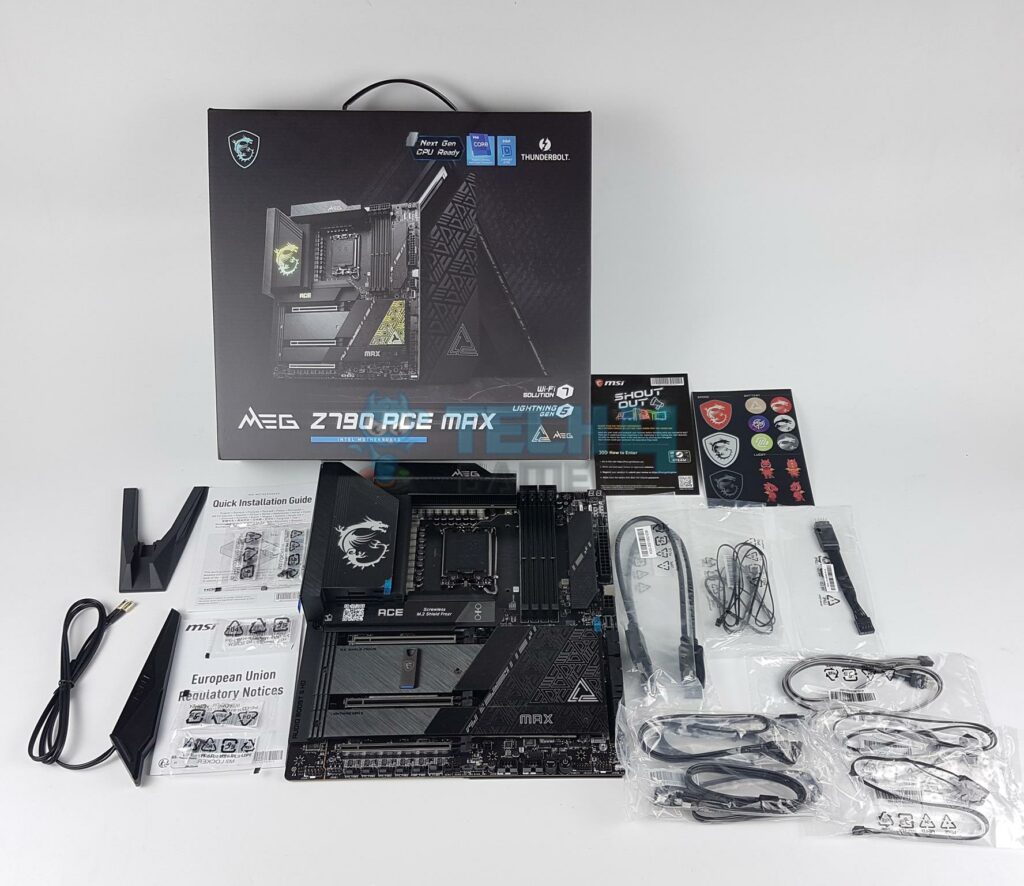
The motherboard is shipped inside a standard cardboard packing box. The box has a handle to easily carry the motherboard. The box is black finish. MSI has included the following in the box:
- 1x E-ATX-sized Motherboard
- 4x SATA 6Gbps Cables
- 1x Quick Installation Guide
- 1x European Union Regulatory Notice
- 1x Cable Sticker
- 1x Shout out Flyer
- 2x EZ M.2 Clips
- 5x Standoff Sets
- 2x M.2 Screws
- 1x USB Drive for Drivers installation
- 1x WiFi Antenna
- 1x Rainbow RGB LED Extension Cable
- 1x 1-to-2 RGB LED Extension Y Cable
- 1x ARGB and Fan Extension Y-Cable
- 2x DP to mini-DP Cables
- 1x EZ Front Panel Cable
- 2x Thermistor Cables
Design Overview
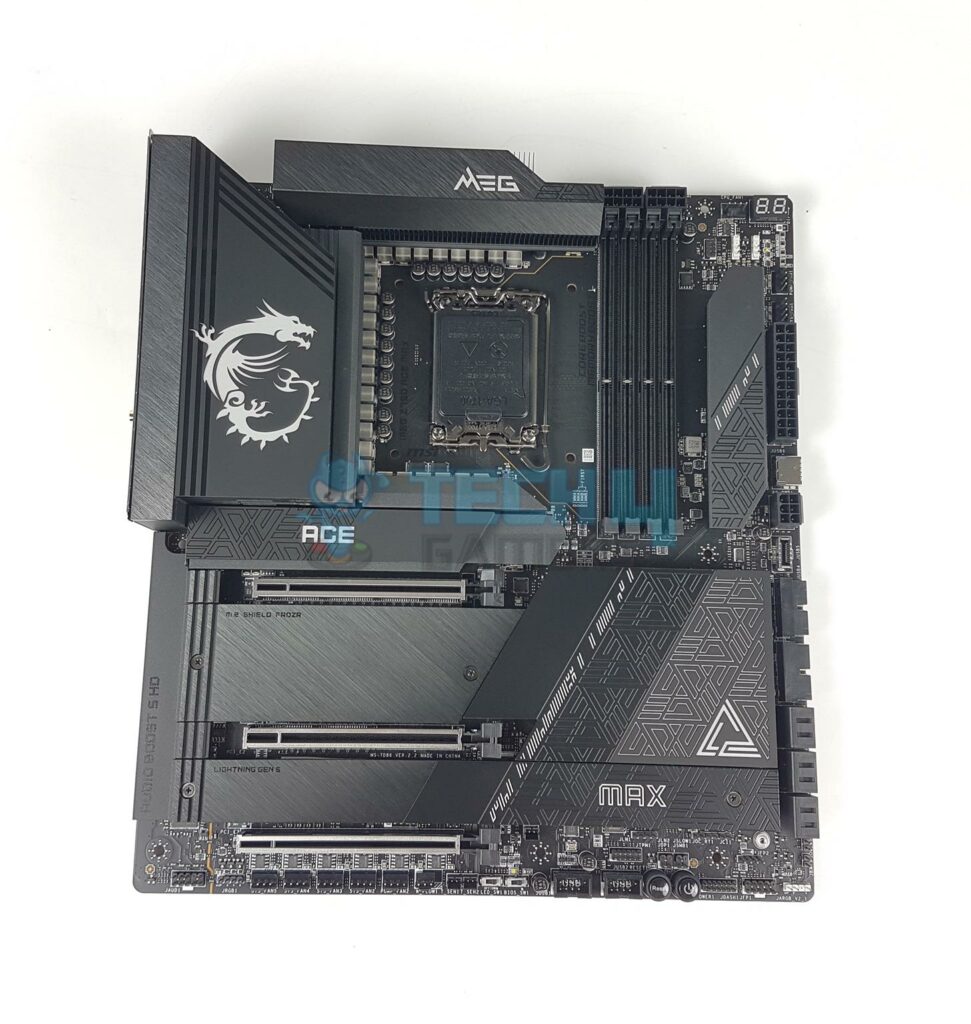
The MSI Z790 ACE MAX uses an Intel LGA1700 socket that supports Intel’s 12th, 13th, and 14th generation CPUs. It has 4x DIMM slots. The motherboard has 8 PCB layers using IT-170 Server-grade PCB material and 2oz Thickened Copper. The on-board display coming from the socket includes only a Type-C Display Port capable of 4K@60Hz coming from MUX RTS5450. In addition, this socket provides 20x PCIe lanes.
Two M.2 ports and the top two PCIe slots are wired to the socket. Now, this is an interesting design since 20 lanes are to be shared among them. One M.2 port is Gen4x4, the second is Ge5x4, and both PCIe slots are Gen5 operating at x16 and x8, respectively. Using the M.2 Gen5 port will make the graphics card operate at the x8 link on the top PCIe slot. The rest of the connectivity comes from the Z790 chipset, including 3x Gen4x4 M.2 slots, WiFi 7 solution, Intel NUC, SATA, Thunderbolt ports, and Audio solution.
Let’s start with the power delivery circuit of this motherboard.
Power Delivery To Socket
The MSI MEG Z790 ACE MAX uses an Intel LGA1700 socket supporting the current gen and the last two gen CPUs from Intel. MSI has used two extended VRM heatsink covers (Stacked Fin Array Design) along with a heat pipe to ensure maximum cooling provision for the power stages. The thermal pads are rated for 7W/mK to ensure effective heat transfer. There is an MSI branding which is ARGB backlit, which looks good in person. There is a matte black finish over both heat sinks.
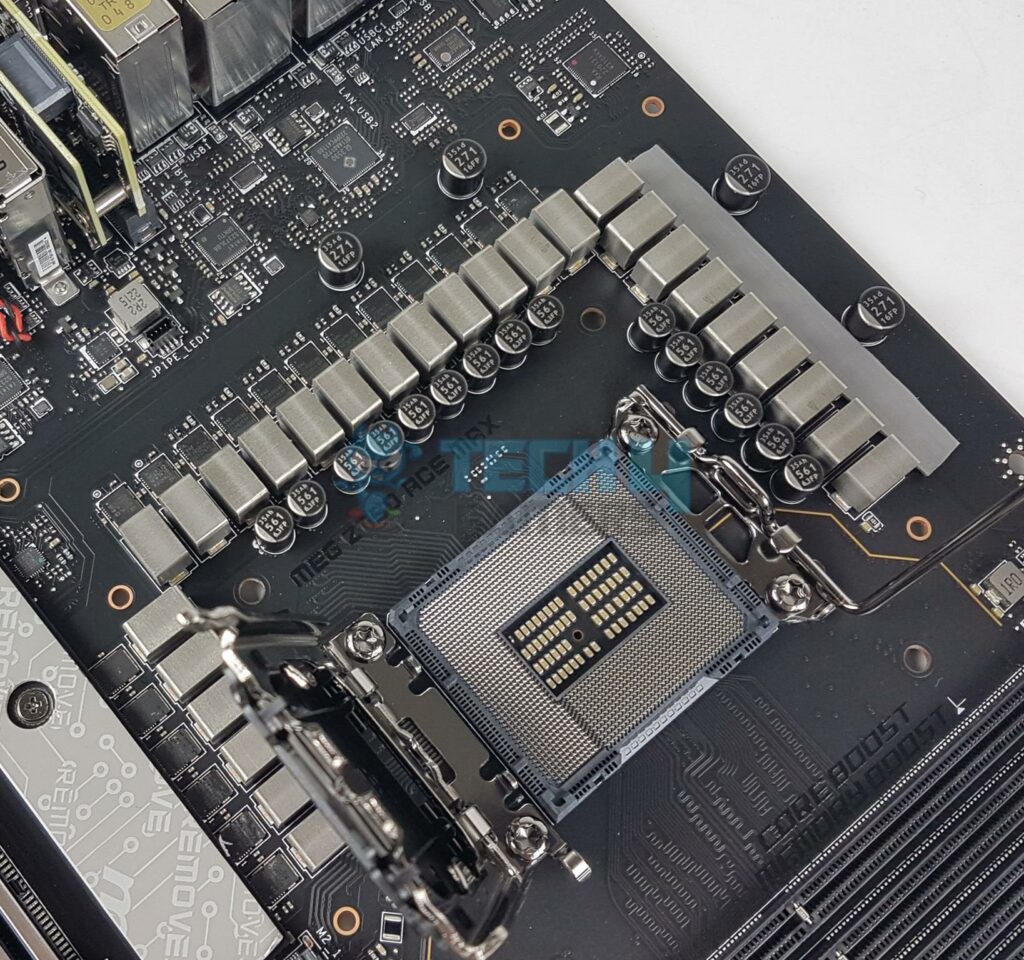
This is a 24+1+2 Duet power stage design on this motherboard. MSI is using the Renesas RAA 229131 PWM controller to drive these power stages. Speaking of power stages there are 24 Renesas RAA22010540 power stages for Vcore and 1 for GT. These are rated for 105A each. There are two MPS2332 power stages for Aux rail which are probably rated for 70A. I am not sure about its current rating.
MSI has used the grounding structure of power phases to suppress the EMI generated by these power phases. MSI has enabled overcurrent protection in the PCB design to provide a safeguard to the components of the PCB from excessive current. This would provide stability and durability.
DIMM Slots
MSI has used 4x DDR5 UDIMM slots. MSI has used the SMT welding process to install slots on the PCB for better performance. A total of 192GB capacity is supported along with a support for binary as well as non-binary memory kits. The maximum supported DDR5 frequency is 7800+(OC) MHz. I have already tested an 8000MHz kit on this motherboard, and it is working fine with XMP.
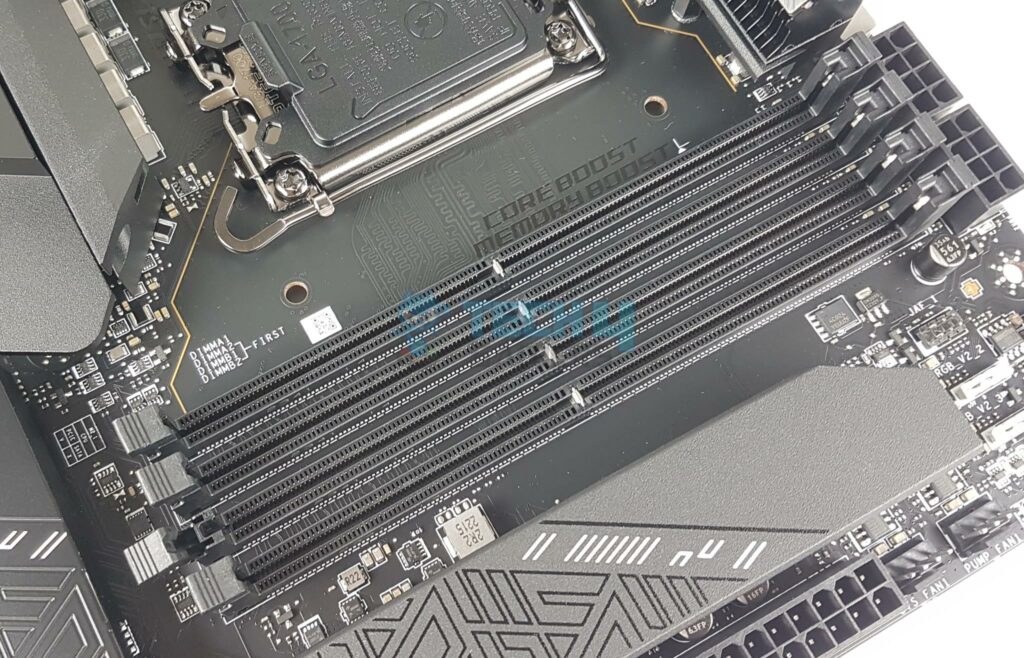
This is a sunken design that prevents the motherboard from bending. These slots support Intel XMP 3.0 with dual-channel and dual-controller modes. The supported memory is non-ECC and unbuffered. In addition, MSI has provided a handy Memory Boost and Memory Extension support in UEFI BIOS that enables users to leverage the true performance of their DDR5 kits.
Storage Options
This motherboard has 5x M.2 slots, and 6x SATA ports. Each M.2 slot or port has an aluminum cover for heat transfer which is finished in black. The M.2 Shield Frozr tool-less cover is provided over the first M.2 Gen4 port instead of the Gen5 port.
The overall footprint of this motherboard is quite appealing and eye-catching. Each slot has two thermal pads. One is on the base plate, and the other is on the cover. The second and third ports are under a single cover, whereas the last two M.2 ports have a single large-size aluminum cover.
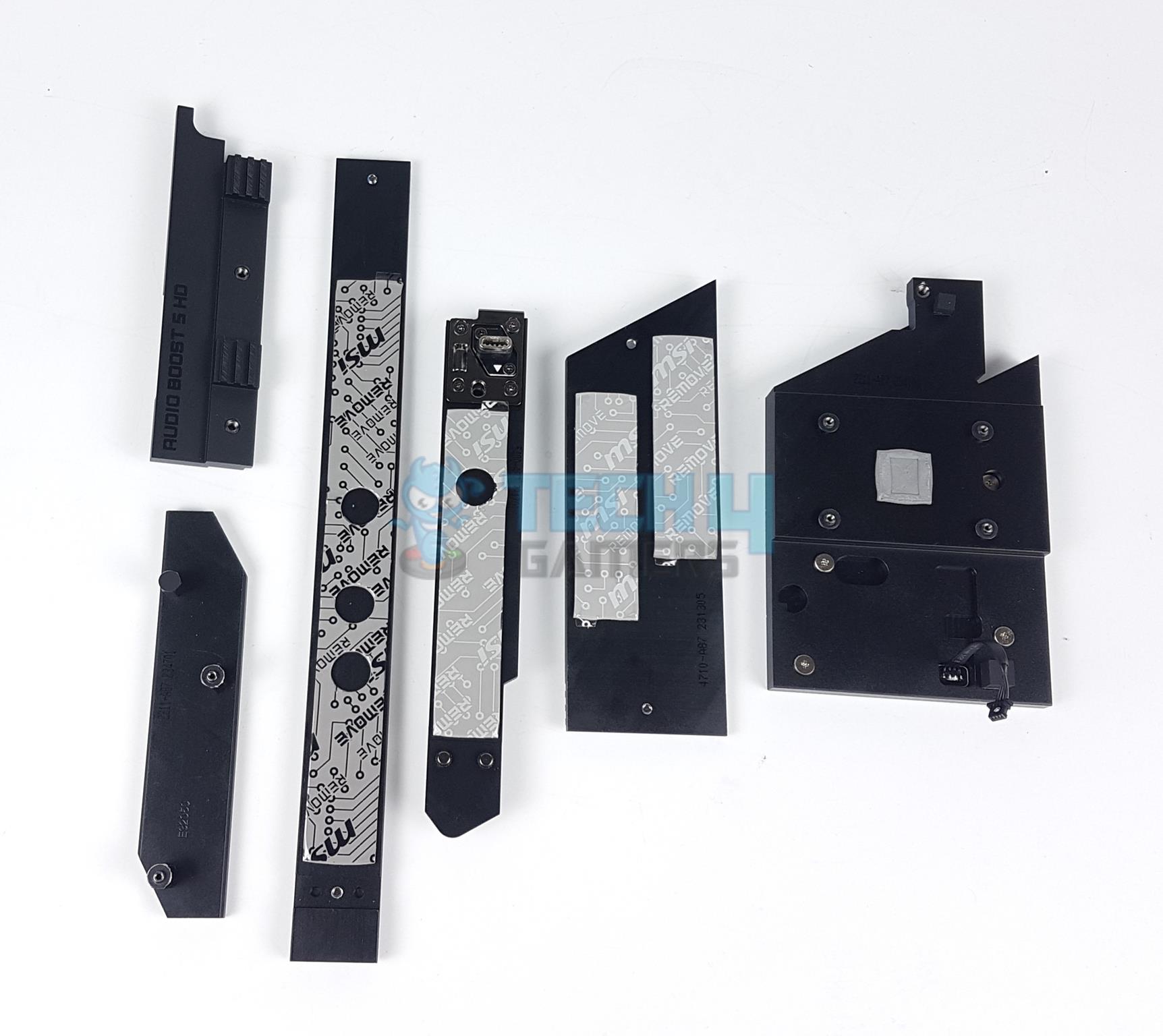
The top two slots are wired to the CPU socket and provide up to 128GB/s bandwidth. It has a form factor support of 2280/2260. The Gen5 M.2 supports 2280 form factor only. The M2_5 supports PCIe and SATA SSDs as well as support for the 22110 form factor. It is a bit strange that a Gen5 M.2 port does not have this support, but a Gen4 port does.
Please note that the Gen5 M.2 port will be disabled if a second PCIe slot is used. This is because the first two PCIe slots are Gen5, and both will operate at x8 link if both are populated. SATA 7 port will be disabled when installing the M.2 SATA drive in the M2_5 M.2 port.
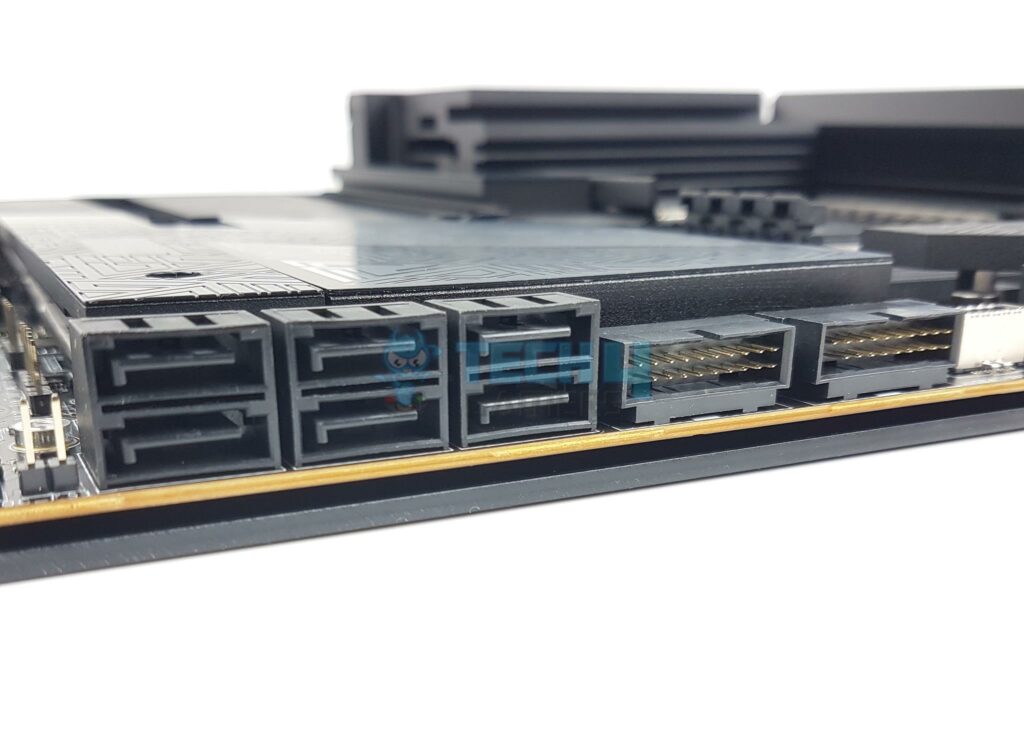
Speaking of SATA ports, this motherboard has a total of 6x ports. SATA 1 and 2 ports are wired to the ASM1061 controller, and SATA5, 6, and 8 ports are wired to Chipset, whereas the SATA7 port shares a bus with the M2_5 port.
PCIe Connectivity
This motherboard has a total of 3x PCIe slots. The top two slots are Gen5 connections. The first slot operates at x16 whereas the second slot operates at x8 link. However, using two graphics cards will make both slots in x8/x8 configuration disabling the Gen5 M.2 port.
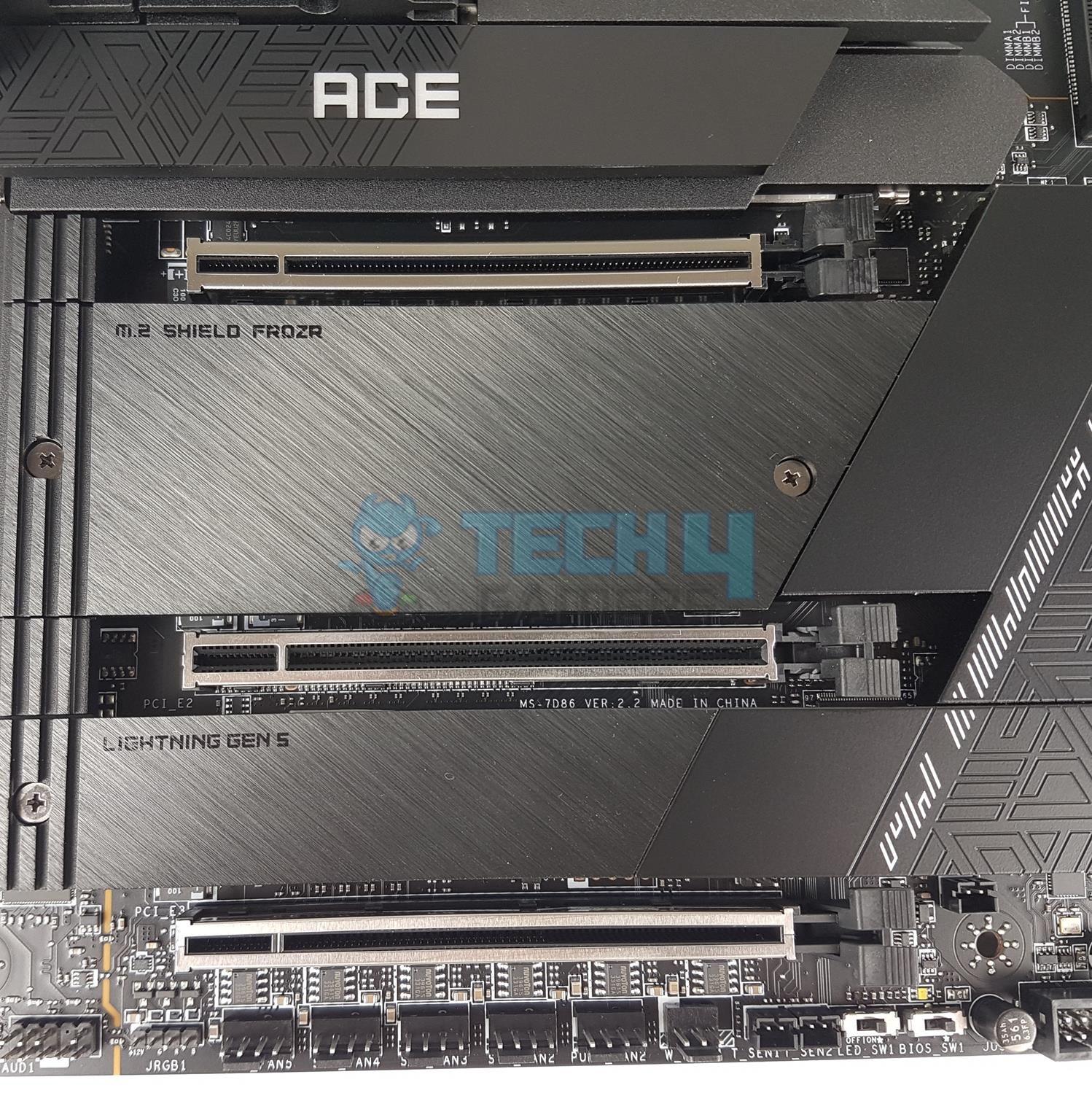
The third slot is PCIe 4×4 and is wired to the Chipset. I am not sure if this slot shares the bus with any other interconnects wired to the chipset.
The top PCIe slot is steel reinforced which MSI refers to as Steel Armor, and it has heavy soldered connections on the PCB to support the weight of a heavy graphics card. MSI has used the advanced SMT technology for the PCIE slot to diminish interference and electrical noise.
USB Connectivity
This motherboard is packed with USB ports on the front, rear, and mid-board. It has:
- 4x USB 2.0 (Front)
- 4x USB 3.2 Gen1 Type A (Front)
- 7x USB 3.2 Gen2 Type A (Rear)
- 1x USB 3.2 Gen2 Type C (Rear)
- 2x USB 3.2 Gen2x2 Type C (Front)
I appreciate the provision of 2 USB 3.2 Gen2x2 ports. One port is dedicated to 60W PD, for which you would need to connect a 6-pin PEG connector. This is done via the ITE IT8856FN controller. MSI has used several USB hubs and controllers, including GL850, GL3523, GL3590, GL9905V, ASM1543 Linear redriver, and PI3EQX2.
Networking Solution
Like previous MAX series motherboards, this one also has dual network connectivity. There are not one but two 2.5GB LAN ports (NUC) powered by Intel S2373BL SRKTU, which is different from the S2333L35 SLNMH that we saw on the Z790 Tomahawk Max WiFi motherboard.
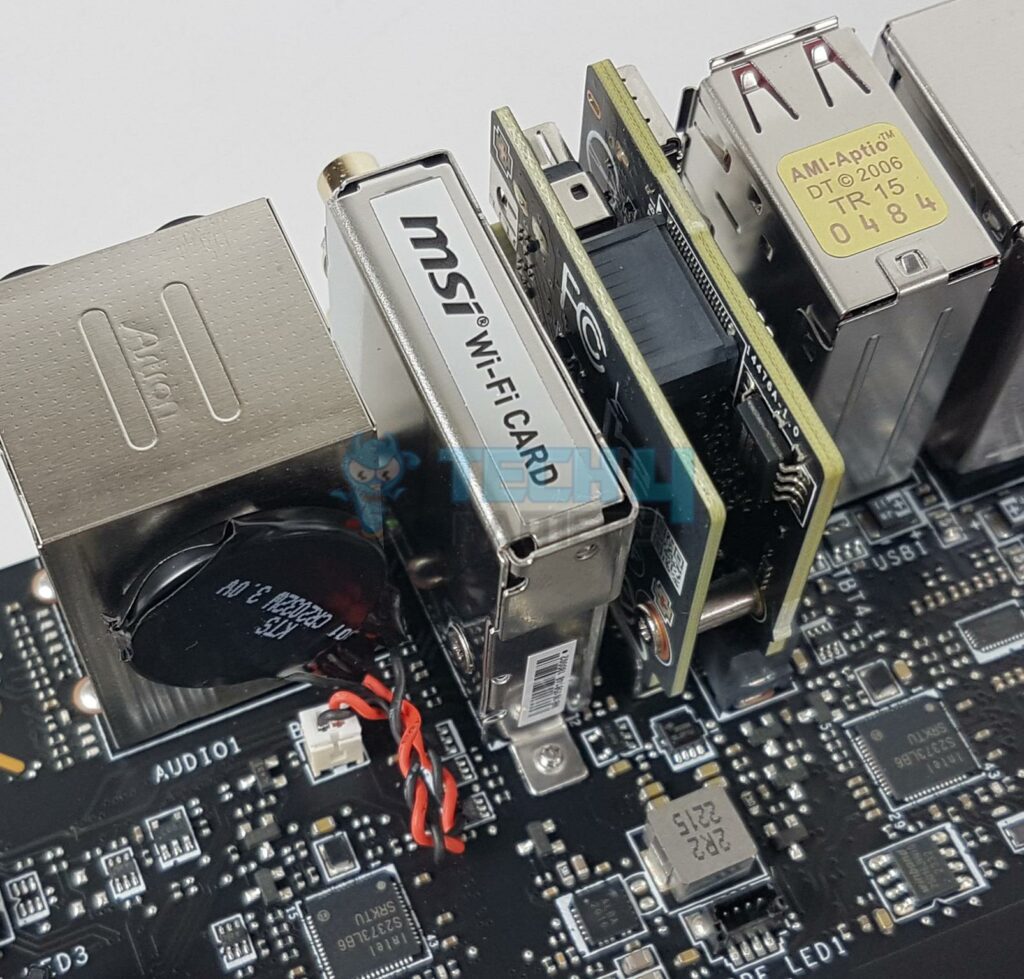
In addition, there is a powerful WiFi module that comes pre-installed, and a dedicated antenna is also in the box. This Antenna has easy clipping on the ports. You just plug in the WiFi ports/sockets instead of screwing.
The wireless solution coming from WiFi (802.11 be) has high speed and wider channels with improved efficiency, providing 5.8Gbps. This is 2.4 times faster than the WiFi 6/6E standards. The new protocol has 320MHz channel width compared to 160MHz on the previous generation. Wi-Fi 7 improves the modulation scheme from 1024-QAM to 4096-QAM, which is impressive.
Audio Solution
MSI has implemented Audio hardware on two separate layers of the PCB. They have used RealTek ALC4082 codec in combination with high-performance Chemi-Con capacitors. This solution is wired to the Z790 socket. It is the same codec that I saw on Z790 Tomahawk Max WiFi, but MSI has used more capacitors in the Z790 Carbon Max motherboard.
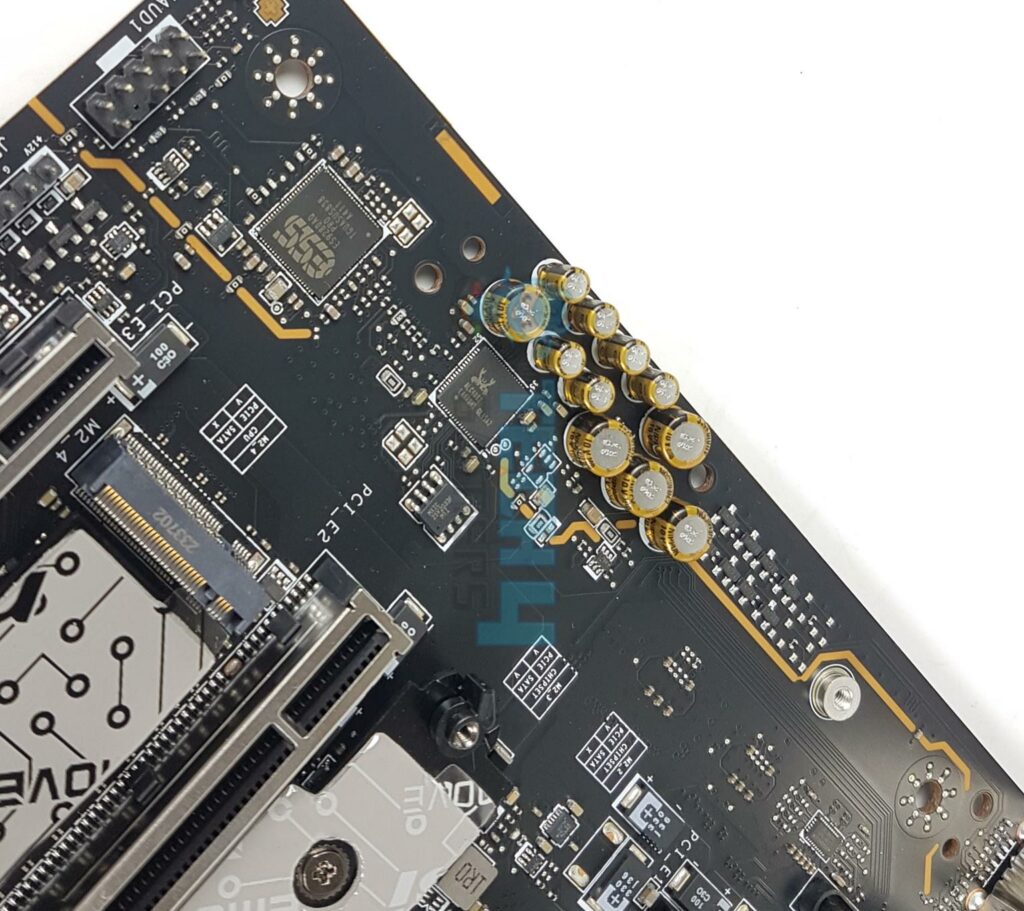
There is also ESS ES9280AQ Combo DAC and HPA. This is a 1 7.1 Channel audio solution that has S/PDIF output as well. It supports up to 32-bit/384 kHz playback on the front panel. MSI has designed the isolated analogy structure for the output on the rear panel. In this design, the external metal housing is separated from the internal layout to further improve the sound quality.
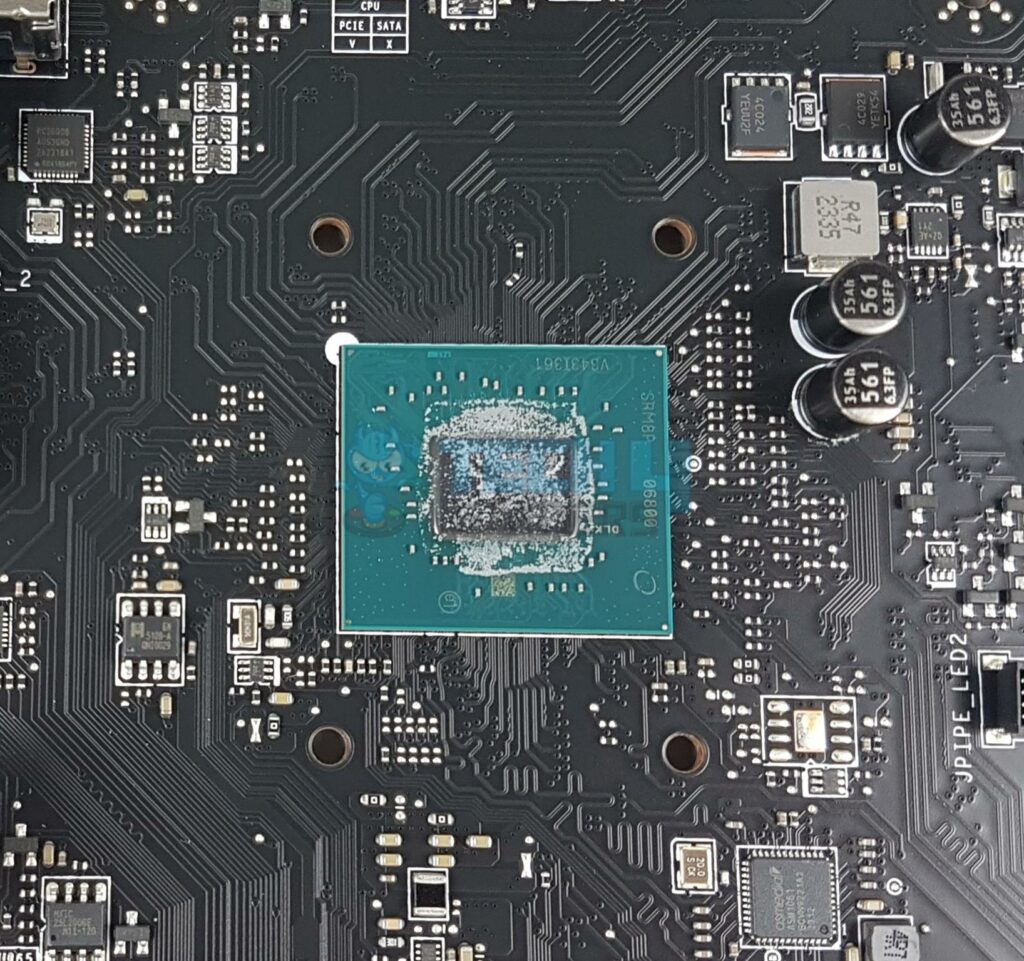
I am showing the Z790 chipset after removing its heatsink cover. Let’s take a look at the connectors.
Internal Connectors
There are:
- 1x Power Connector
- 2x Power Connector
- 1x Front Type-C Quick Charge Connector
- 1x CPU Fan
- 2x Pump Fan
- 5x System Fan
- 2x Front Panel
- 1x Chassis Intrusion
- 1x Water Flow connector
- 1x Slow Mode Booting Jumper
- 1x Front Audio
- 2x Thermal Sensor connectors
- 1x Tuning Controller connector
- 3x Addressable V2 RGB LED connector
- 1x RGB LED connector
- 1x TPM pin header (Supports TPM 2.0)
- 4x USB 2.0 ports
- 2x USB 3.2 Gen1 Type A ports
- 2x USB 3.2 Gen 2×2 Type C ports
- V-check point
- 1x ARGB+FAN Header
Each fan header is powered and controlled by nuvoTon 3961S. MSI has used the same controller in Z790 Tomahawk Max WiFi and Z790 Carbon Max motherboards. The Pump header is rated for 3A, whereas the CPU Fan header has a 2A rating. The remaining headers are 1A-rated.
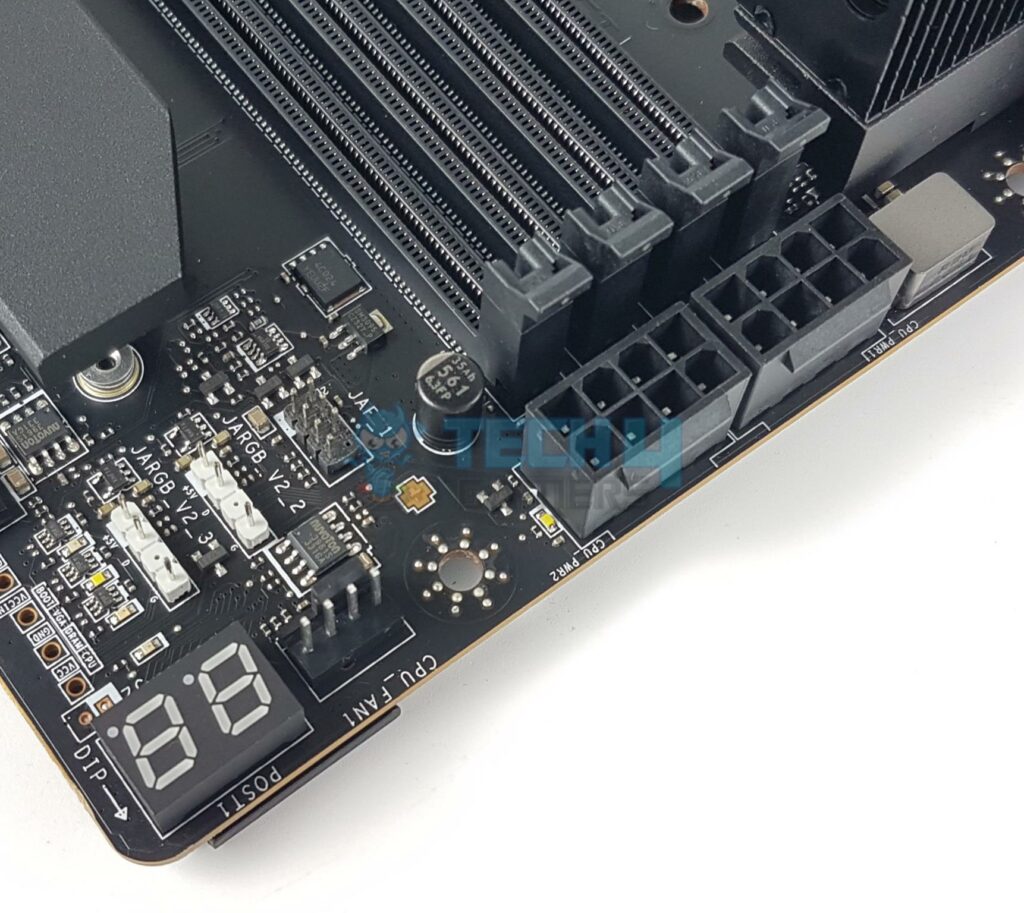
There are 4x LEDs to troubleshoot the system in case anything goes haywire. These LEDs correspond to the CPU, RAM, VGA, and Boot. There is also a debug LED on the motherboard. I appreciate 2x external sensor ports. The power connectors are using solid pins that improve stability by providing low impedance and durability with high current-withstanding capability.
Rear IO Panel
There are:
- Clear CMOS Button
- Flash BIOS Button
- 5G LAN
- 5G LAN
- Thunderbolt 4 40Gbps (Type-C)
- Wi-Fi / Bluetooth
- Audio Connectors
- Smart Button
- USB 3.2 Gen 2 10Gbps (Type-C Display port)
- USB 3.2 Gen 2 10Gbps (Type-A)
- Mini DisplayPort Input (for Thunderbolt passthrough)
- Optical S/PDIF-Out
MSI has implemented an extra layer of sponge materials on the Rear IO panel. The shield itself is corrosive resistant. This improves the static electricity reducing electromagnetic radiation noise from the system. The SMART button is another innovative feature. Its default behavior is to reset your PC. However, you can customize its behavior from BIOS to any of Mystic Light On/Off, Safe Boot, and Turbo Fan.
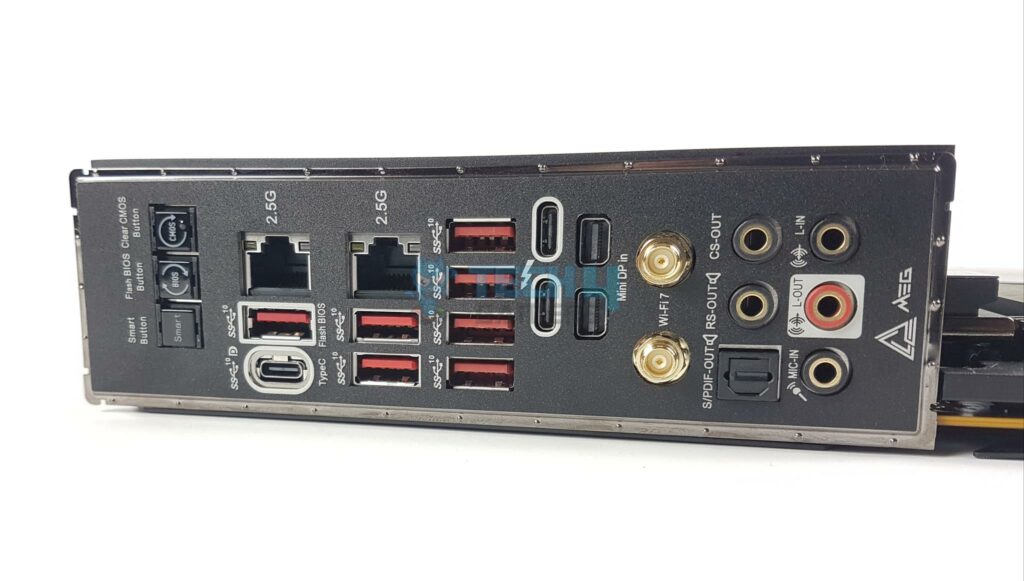
Two Thunderbolt 4.0 ports use USB Type-C interface and each is capable of doing 40Gbps. They are controlled via an Intel JHL8540 controller, which I also saw on the ASRock Z790 Taichi Lite. One drawback that I am seeing is that these ports will cap the bandwidth to 20Gbps for the USB4 devices. They also support 5V/3A and 15W power charging. Each port can daisy-chain up to three Thunderbolt 4 devices or five Thunderbolt 3 devices and supports up to 8K display.
There is a backplate on the backside that prevents the motherboard from bending. This is what a sunken design is all about towards the DIMM slot on this motherboard. MSI has used thick thermal pads between the backplate and the PCB.
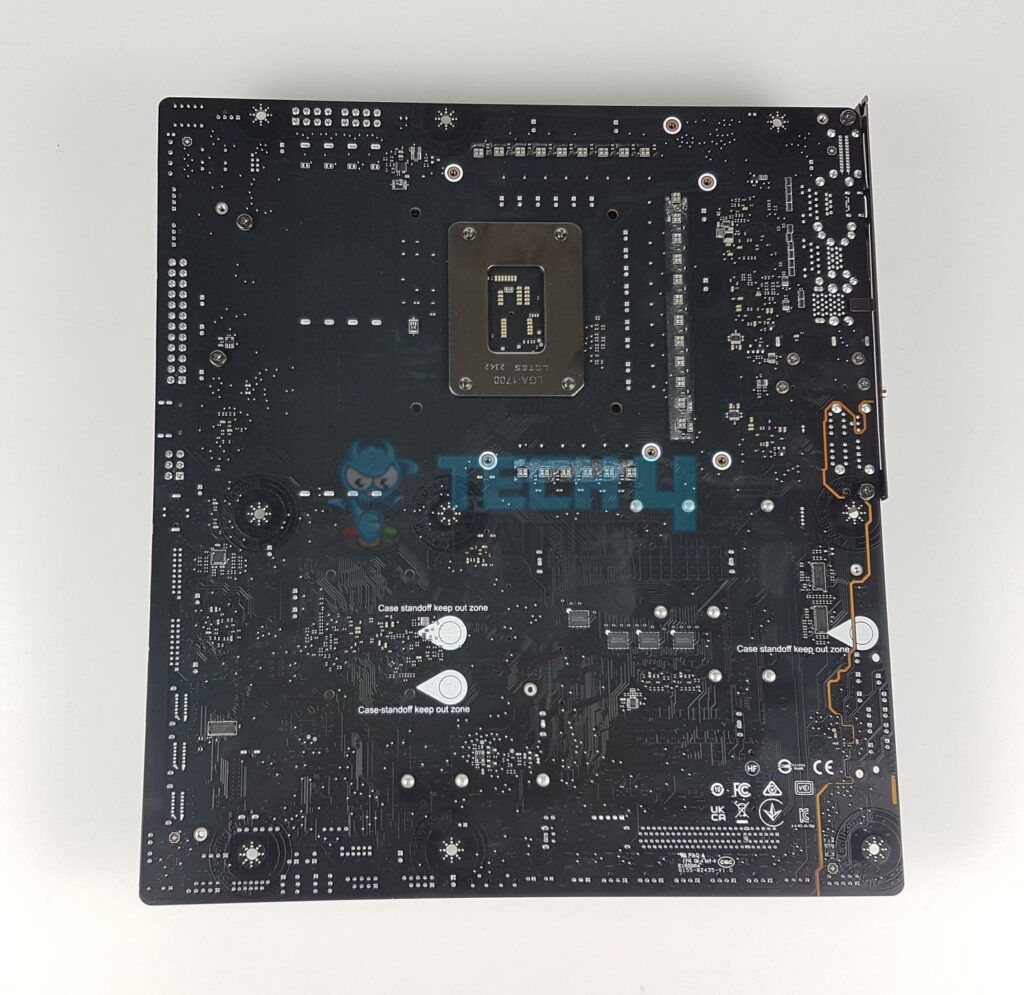
I am showing the backside of the motherboard where MSI has provided Transient Voltage Suppressors. These are safety devices that are used to protect against the excessive voltage. In case of abnormal voltage hikes, the TVS switches from a high-resistance state to a low-resistance state hence grounding the excessive voltage.
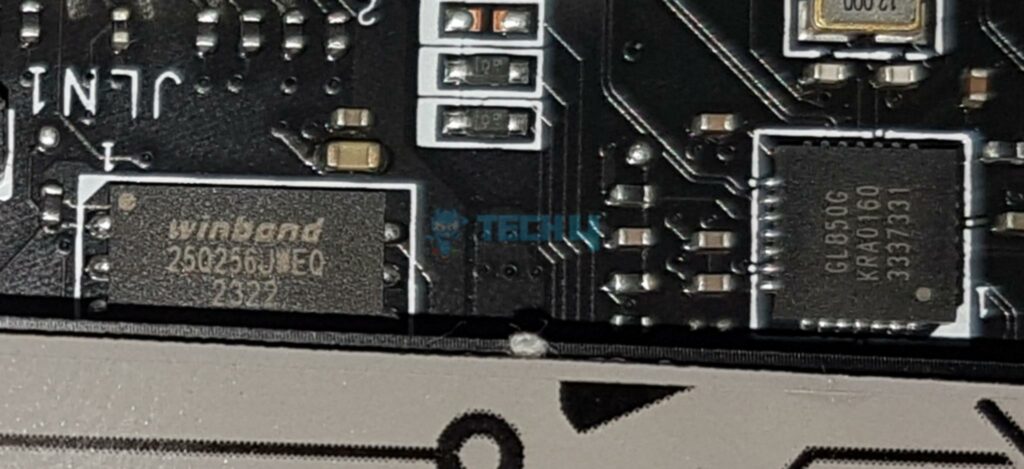
MSI is using winband 25Q256JWEQ 256M-bit Serial Flash Memory with uniform 4KB sectors and Dual/Quad SPI. In simple words, this is your BIOS chip.
BIOS
The BIOS interface is similar to what I saw on the Z790 Carbon Max. BIOS starts in the EZ mode. Press F7 to switch to Advanced mode. XMP is just a one-click thanks to a user-friendly interface. CPU, RAM, and Voltage settings are grouped under the OC menu. System-related configuration options are grouped in the Settings menu. Boot and Exit options are also under the Settings menu.
You can control the speed of the fans on the Hardware monitor page. OC Profiles allow the users to save their configurations in the files and restore from the saved files. This would come in handy during installation. M-Flash is used to update the BIOS ROM. Power limits are available in Advanced CPU Configuration.
Test Build
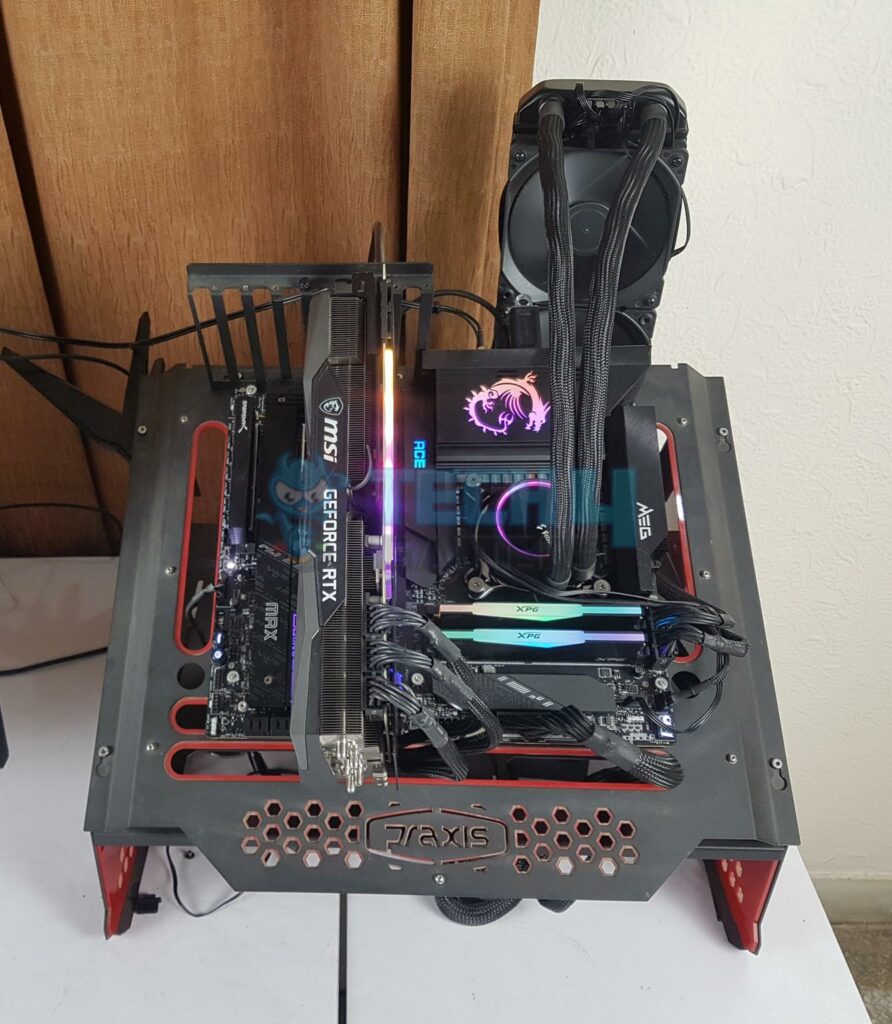
I have used the following configuration to test the motherboard:
- MSI MEG Z790 ACE MAX
- MSI GeForce RTX 3090 Gaming X Trio 24G
- Intel Core i7 14700KF [Stock, Auto]
- Fractal Design Celcius+ S36 Dynamic
- XPG Lancer RGB 32GB 7200MHz CAS34 DDR5 kit
- Sabrent Rocket 4 Plus 1TB Gen4x4 NVMe SSD [For OS]
- Sabrent Rocket Q XTRM 2TB Thunderbolt Drive
- Sabrent Rocket 4 Plus 4TB Gen4x4 NVMe SSD [For Games]
- Be quiet! Straight Power 11 850W Platinum PSU
- Praxis Wetbench
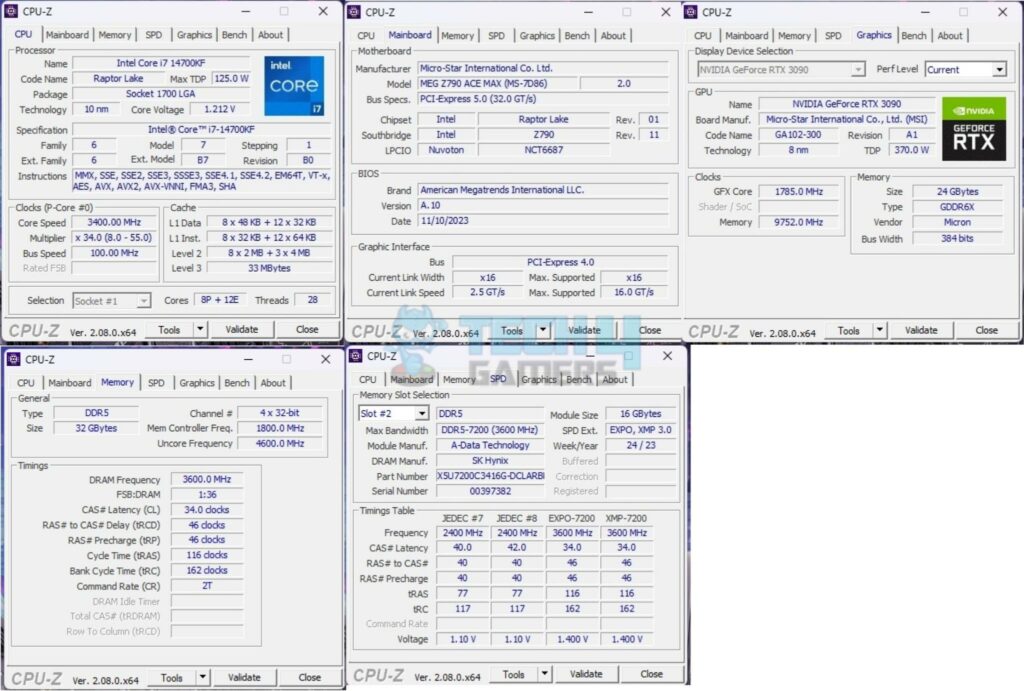
The above is a picture showing a run of CPU-Z. We can see that the CPU is reported at almost 5.5GHz (Bus speed was not at 100MHz to show an absolute 5500MHz). You can also see that the graphics card is operating at the x16 link. This is the first Z790 refresh motherboard that provides full x16 link speed. The graphics card was operating at x8 speed on the other motherboards due to the Gen5 M.2 port. This is due to Intel’s implementation of sharing PCIe lanes between the Gen5 PCIe slot and the Gen5 M.2 slot. The RAM was operating at its tested speed of 7200MT/s after loading the XMP.
We have divided the overall tests into four major categories. These are:
CPU and Memory Tests
- AIDA64 CPU and Memory Test
- CINEBENCH R23.2
- GeekBench 5.4.5
- Blender Benchmark 4.0
- 7-Zip Compression Benchmark
- 3DMARK CPU Profile
Storage Tests
- 3DMARK Speed Way
- 3DMARK Time Spy Extreme
- 3DMARK Fire Strike Ultra
- Red Dead Redemption 2
- Cyberpunk 2077
- Control
- Assassin’s Creed Valhalla
- Far Cry 6
- Forza Horizon 5
Gaming Tests
- CrystalDiskMark
- PCMARK10 Data Drive Benchmark
Overall System Tests
- PCMARK10
- Performance Test
Test Result
The testing was done on stock settings with XMP loaded. This motherboard has powers unlocked by default. It is time to take a look at the test results starting with CPU and memory benchmarks.
CPU And Memory Benchmarks
In Cinebench R23.2, the CPU scored 34366 points in CPU Multi Core load and 2198 points in a Single Core Load. The DDR5 kit has performed well at its tested speed of 7200MHz. The single core score of 2207 from Gekbench 5.4.5 is quite well. The performance in the 7-Zip benchmark is remarkable as well, with a compression result of 146023MIPS and 124109MIPS score in Decompression, although these scores fall behind the scores from ASRock Z790 Taichi Lite. The blender benchmark’s overall score was 467.93, showing the performance potential of this CPU.
Storage Test
I have used:
- Gen4x4 NVMe Drive
- Thunderbolt Drive [Rated for 2700MB/s]
Both drives passed their sequential speeds in the CrystalDiskMark. The performance in PCMARK10 Data Drive Benchmark is quite well. The Gen4x4 NVMe drive scored 5877, and the Thunderbolt drive scored 1960 score.
Gaming Test
We have a good all-round performance in the gaming benchmarks. This shows that this motherboard can handle the gaming load easily.
System Performance Test
The PCMARK10 score came to 10047, which is quite impressive, and the Performance Test overall score was 12225.
Core Clock Behavior
I have used a Balanced Power profile in Windows Environment. The system was put on idle for 10 minutes to record the idle temperatures. The idle clocks were 1100MHz on the P-Cores, whereas these were 2600MHz on the E-Cores, more or less. The P-Cores were boosted to 5.6GHz under 1T load using R23.2, whereas these cores were boosted to 5.5GHz under all-core loads. These figures confirm Intel’s clock ratings for Core i7 14700KF.
Thermals and Power
Unlike the ASRock Z790 Taichi Lite, the MSI MEG Z790 ACE MAX is not plagued with power issues. MSI has done a good job with the design.
| ASRock Z790 Taichi Lite | MSI MEG Z790 ACE MAX | |
| System Power Draw – Idle System | 211W | 111W |
| System Power Draw – R23.2 CPU Multi | 562W | 444W |
| System Power Draw – 1080P Gaming | 656W | 593W |
The CPU Package power draw was 275.430W on all cores load using Cinebench R23.2. The Graphics card under full stress test load was doing 376W.
Testing was done at an ambient temperature of 19ᵒC. The CPU was idling at 21ᵒC, and the graphics card was idling at 13ᵒC. Under load, the CPU was doing 86ᵒC whereas the GPU was doing 77ᵒC using the AIDA64 Stability test with AVX load.
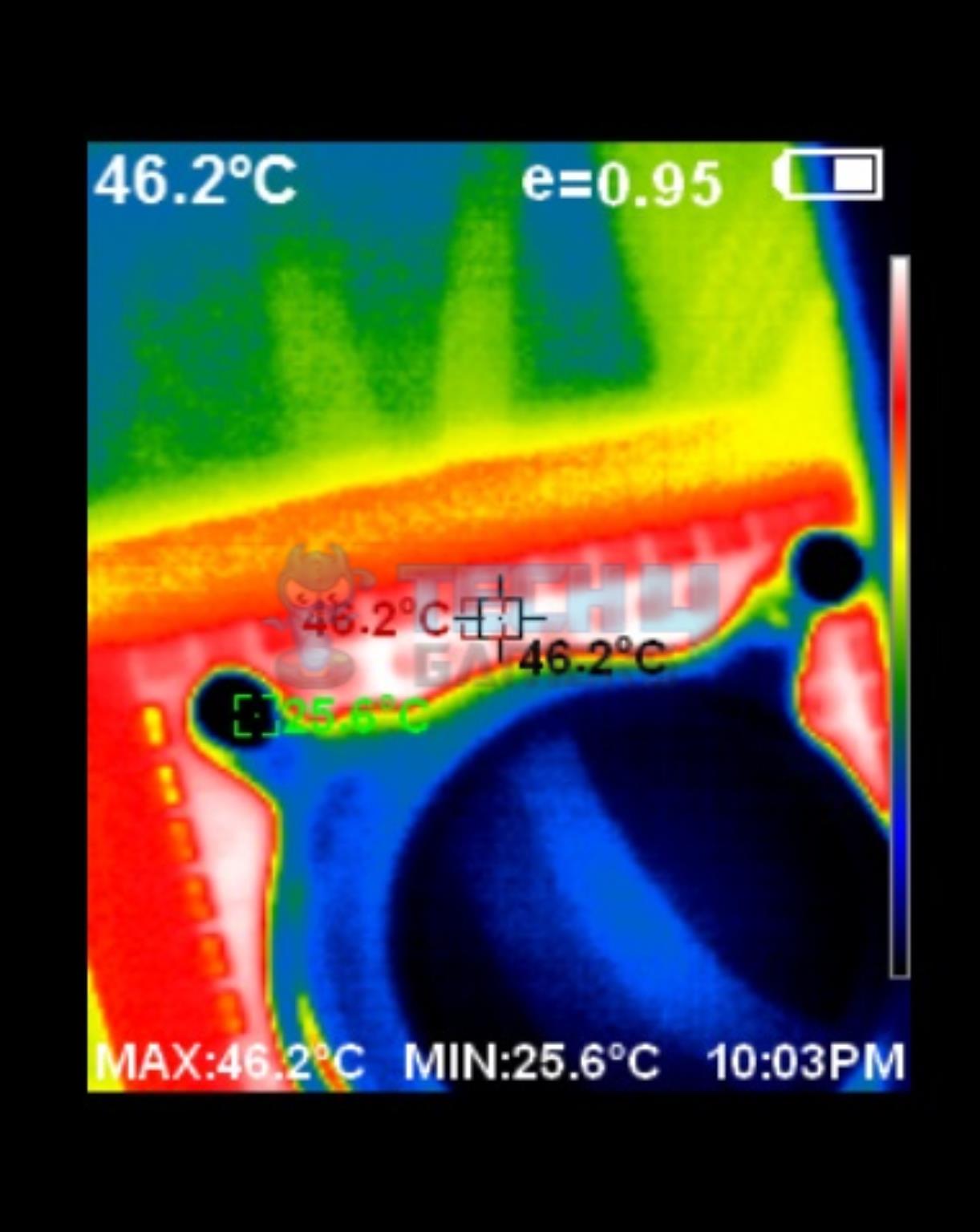
The VRM/MOSFET was doing 46.2ᵒC at the same ambient. So far, this is the best VRM temperature that I have seen on any motherboard in my testing, validating the effective cooling on the power stages. The integrated power stage sensor was reporting 47ᵒC under load.
Should You Buy It
Now that I have tested the MSI MEG Z790 ACE MAX, should you buy it?
Buy It If
✅You are looking for a flagship motherboard: MSI MEG Z790 ACE MAX is a top-tier motherboard that boasts a well-balanced feature set that suits gamers, professionals, and overclockers alike.
✅Gen5 Connectivity is your requirement: MSI MEG Z790 ACE MAX has 2x Gen5 PCIe slots and 1x Gen5 M.2 port. This would come in handy for your heavy Gen5-based requirements.
✅You need Thunderbolt connectivity: MSI MEG Z790 ACE MAX has two onboard Thunderbolt 4.0 drives capable of doing 40Gbps data transfer rate and over 8K display along with function to use daisy-chain devices.
✅You prefer best-in-class VRM cooling: MSI has used stacked fin array heatsinks that are interconnected using copper heat pipes. The thermal pads are quite thick, which seems to be over 2mm in thickness, and are rated for 7W/mK. This provides the best cooling solution, as I have seen in my testing.
Don’t Buy It If
❌You already have a Z690/Z790 motherboard: Skip this motherboard if you already have a Z690 or Z790 motherboard unless you need Gen5 connectivity.
❌You are a budget user: Coming in at USD 699.99, this motherboard is not for every user and not even the mainstream users. Take a look at Z790 Carbon MAX or Z790 TOMAHAWK WiFi MAX instead.
Final Words
MSI MEG Z790 ACE MAX is the third motherboard on my test bench in a row. This is MSI’s second high-end offering after the Godlike MAX, and it’s loaded with features. For starters, the power design is hefty with 24+1+2 stages, and the heat sinks are larger than usual, connected with a heat pipe. Underneath, they’ve used thermal pads rated at 7W/mK, which seems to do a great job at heat dissipation.
I was intrigued by the integrated sensors that report temperature and power from two different rails – a handy feature for monitoring. They’ve also included over-current and over-voltage protection, which adds a layer of safety.
The BIOS is pretty standard for MSI motherboards but comes with some neat memory features. There’s a Memory Extension mode that seems really useful for different scenarios, be it overclocking or gaming. They’ve also got this Memory Force function, although I haven’t had the chance to dive deep into that yet.
Connectivity-wise, the board is quite forward-thinking with its two PCIe Gen5 slots. You do have to be mindful of how you use the M2_4 port, as it can affect the PCIe slots. I found this a bit limiting, but not a deal-breaker. The Gen4 M.2 port connected to the CPU is a nice touch, allowing full speed on the main PCIe slot. There’s plenty of room for storage expansion with three Gen4x4 M.2 ports. One thing to note is that using the M.2 slot compatible with both PCIe and SATA SSDs will disable the SATA 7 port. It’s a bit of a trade-off, but given the number of ports available, it’s manageable.
At $699.99, it’s certainly not cheap, but considering the features, it feels justified. The board’s performance, especially the VRM temperatures, was impressive during my tests. Plus, MSI’s 3-year warranty gives some peace of mind for such an investment.
Thank you! Please share your positive feedback. 🔋
How could we improve this post? Please Help us. 😔
[Hardware Reviewer & Editor]
Meet Nauman Siddique, a highly experienced computer science graduate with more than 15 years of knowledge in technology. Nauman is an expert in the field known for his deep understanding of computer hardware.
As a tech tester, insightful reviewer, and skilled hardware editor, Nauman carefully breaks down important parts like motherboards, graphics cards, processors, PC cases, CPU coolers, and more.
- 15+ years of PC Building Experience
- 10+ years of first-hand knowledge of technology
- 7+ years of doing in-depth testing of PC Hardware
- A motivated individual with a keen interest in tech testing from multiple angles.
- I majored in Computer Science with a Masters in Marketing
- Previously worked at eXputer, EnosTech, and Appuals.
- Completed Course in Computer Systems Specialization From Illinois Tech


 Threads
Threads
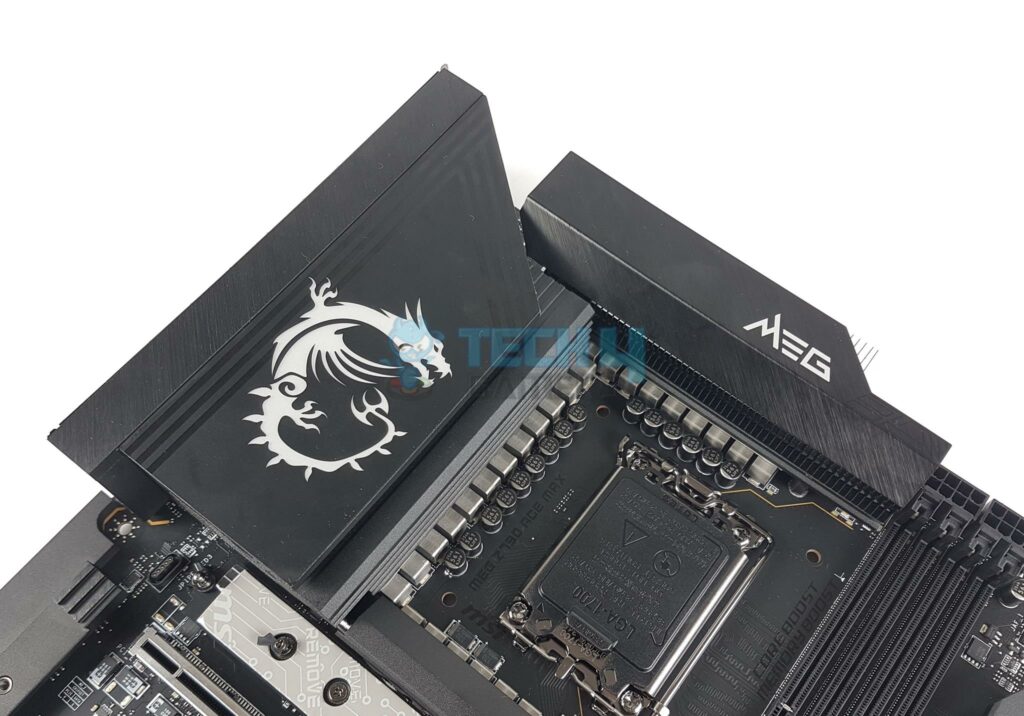
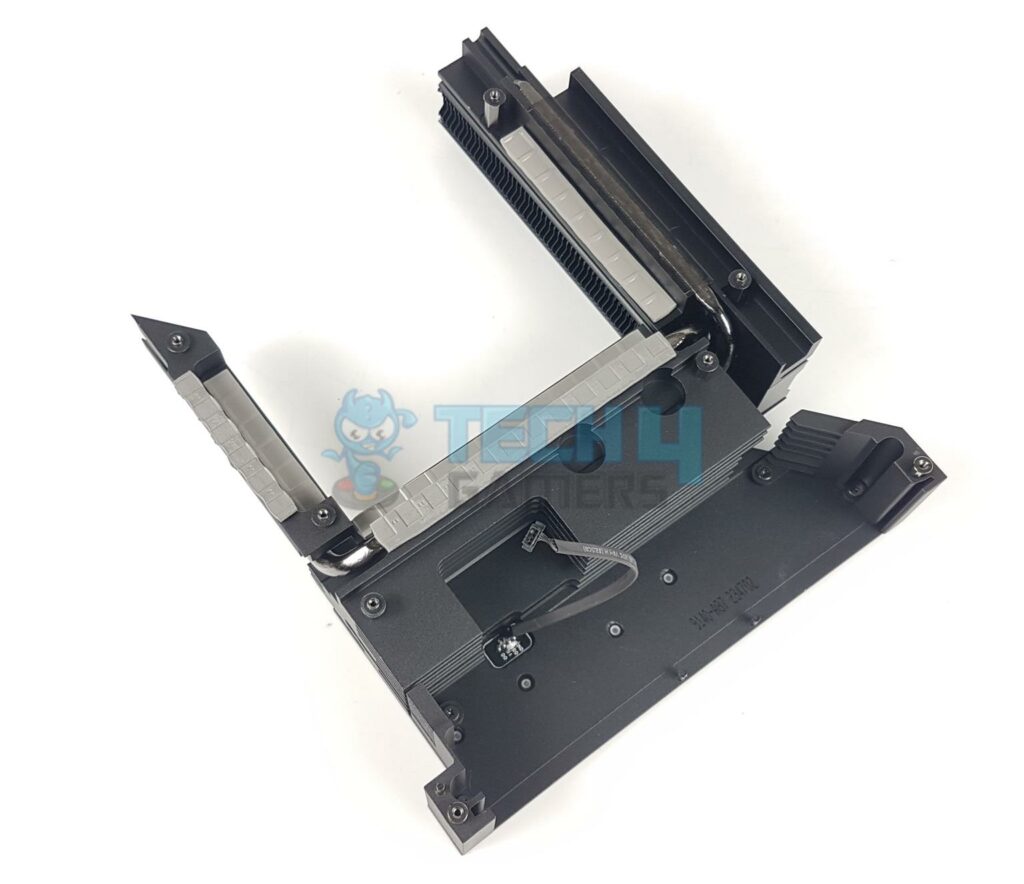
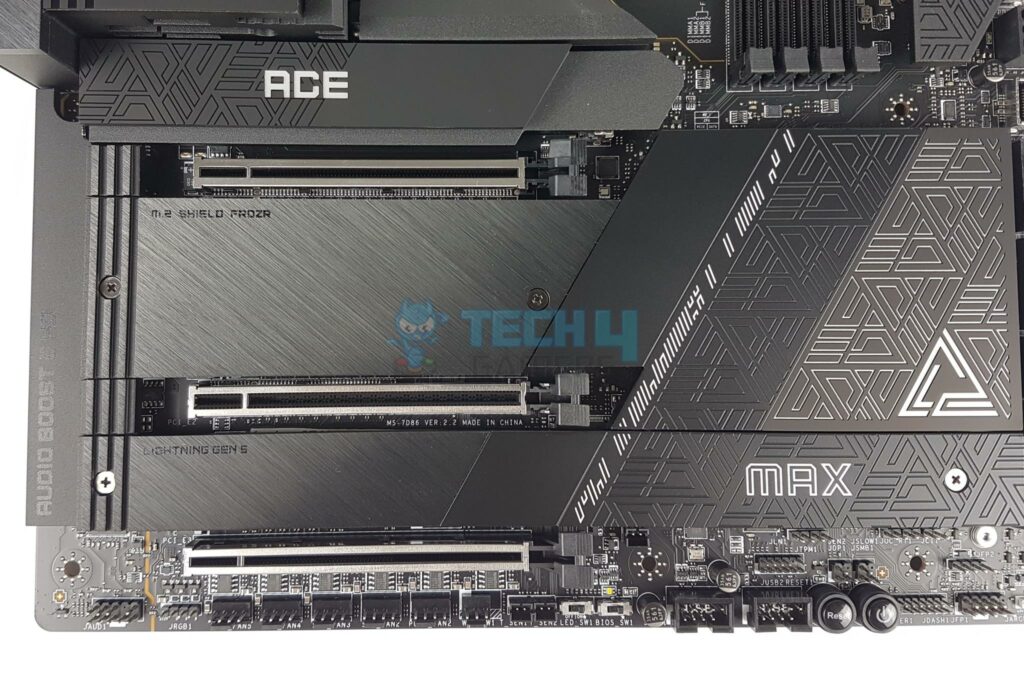
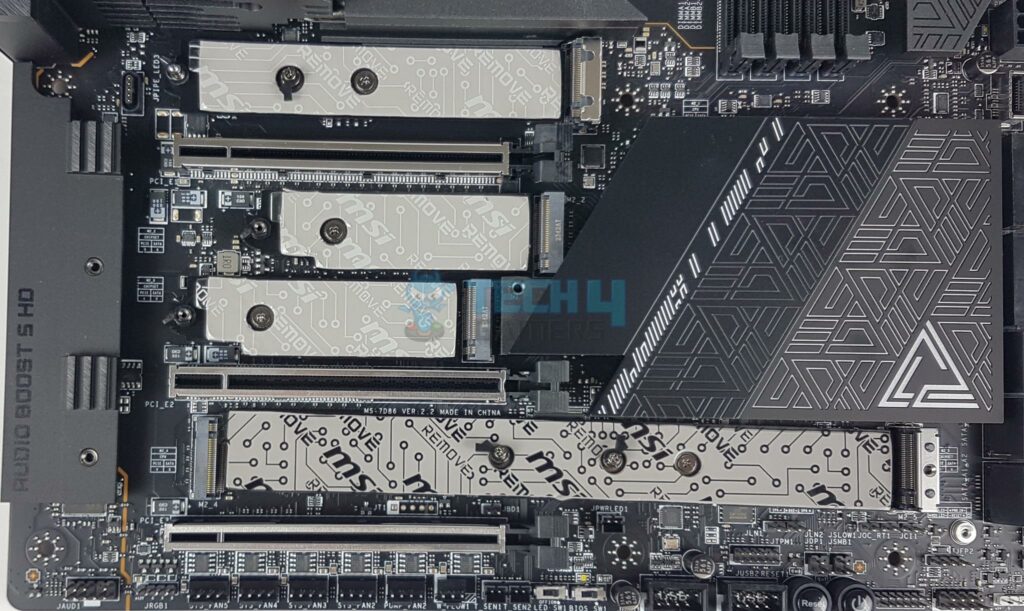
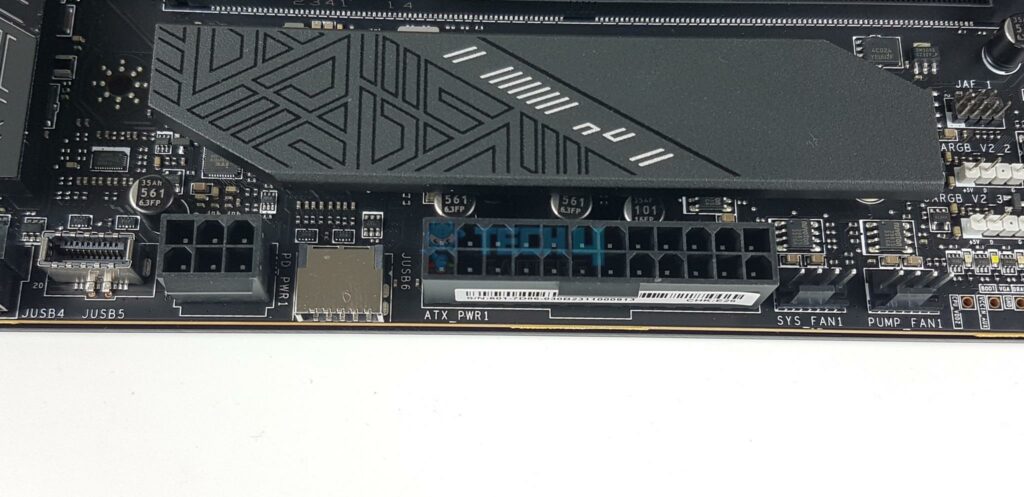
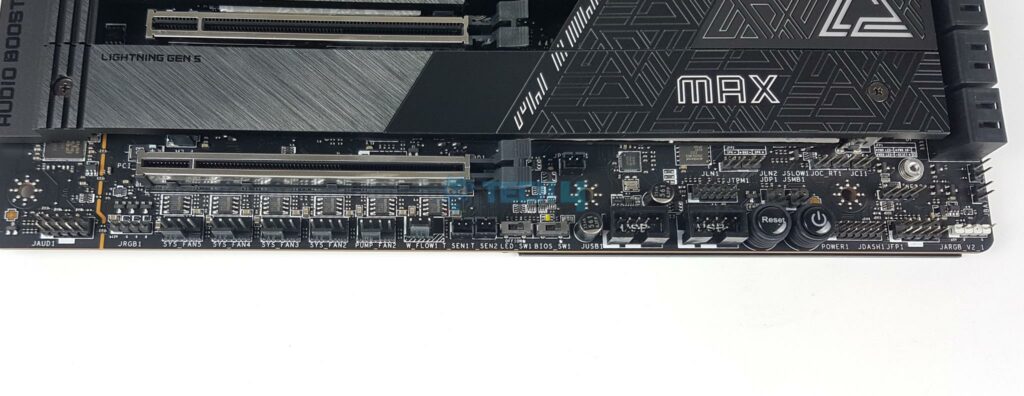
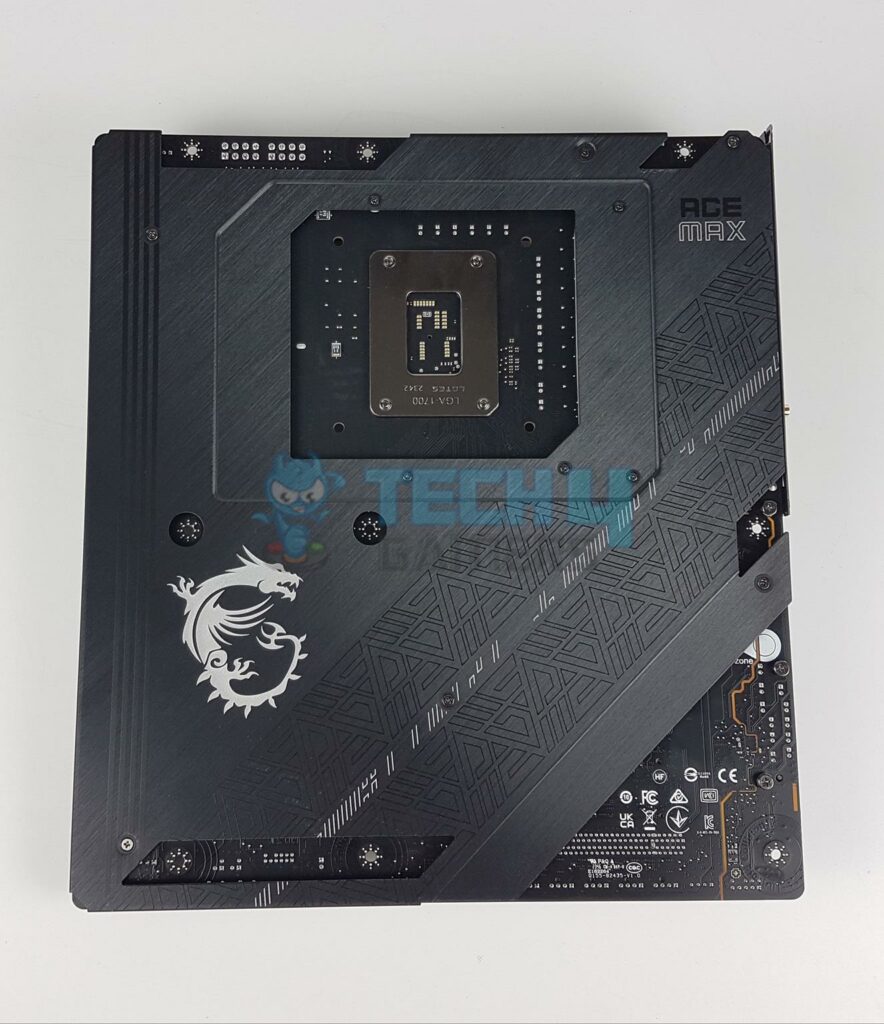
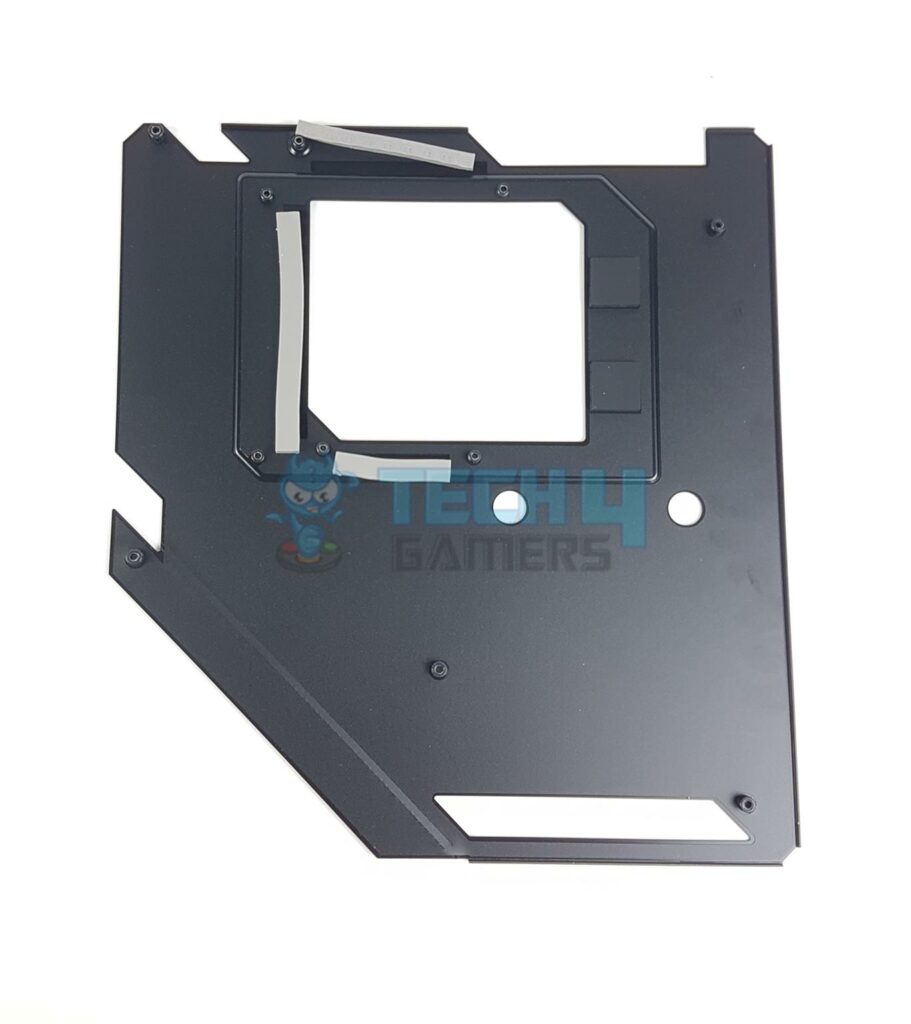
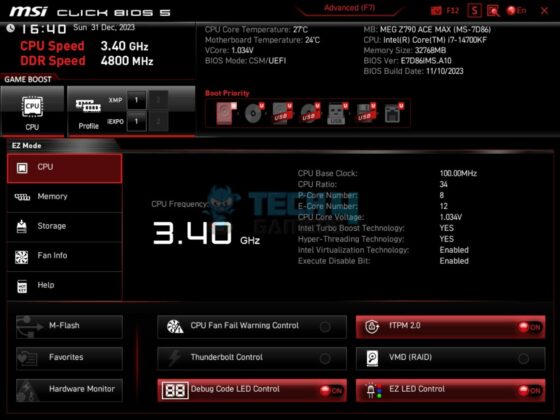
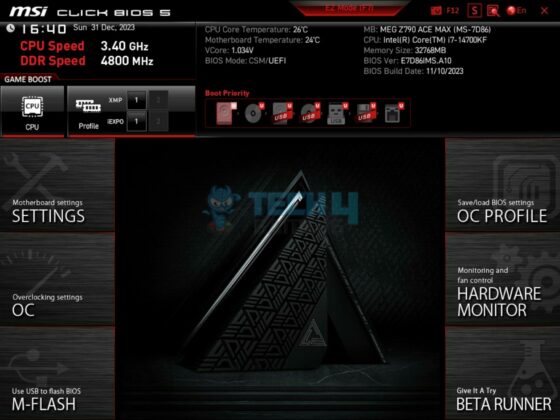
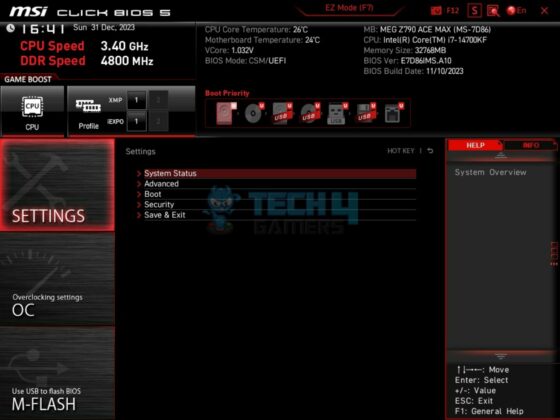
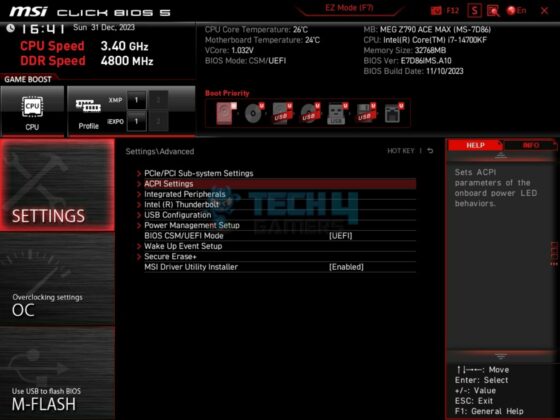
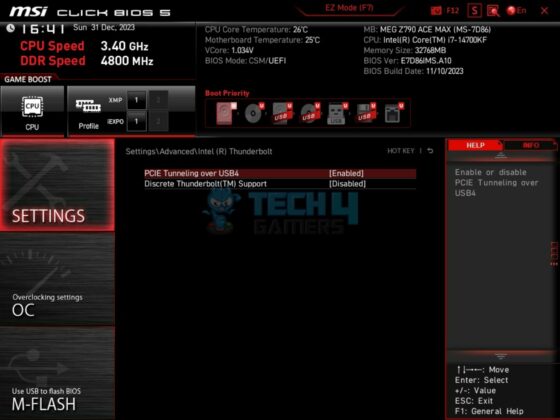
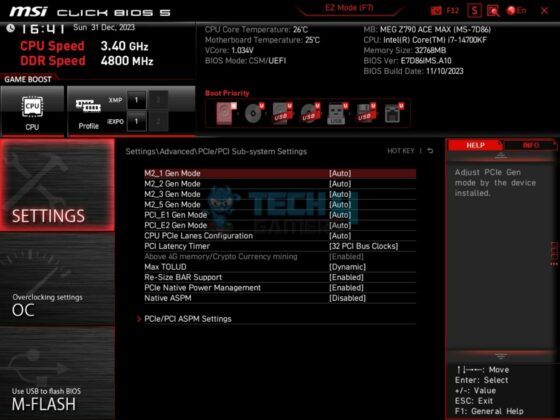
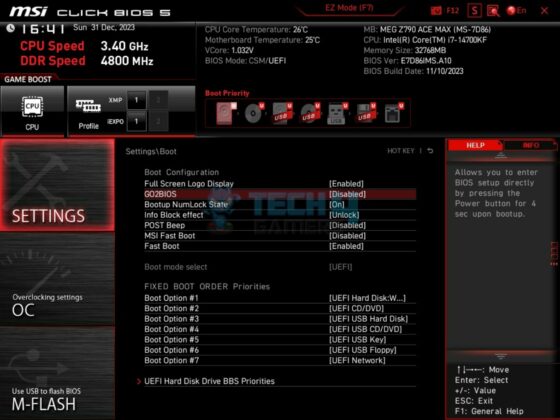
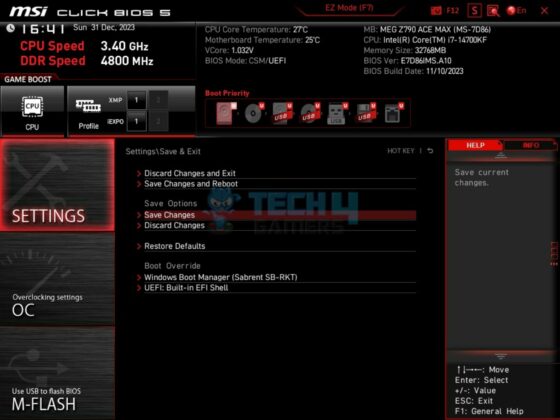
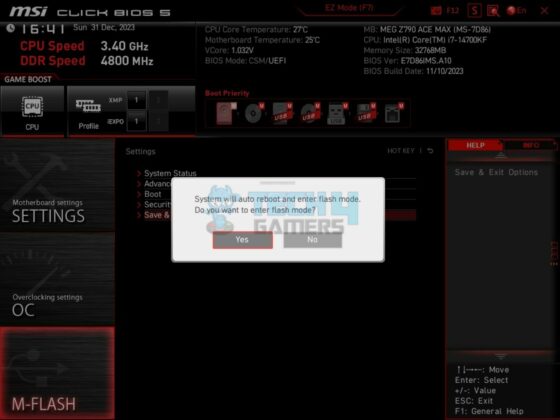
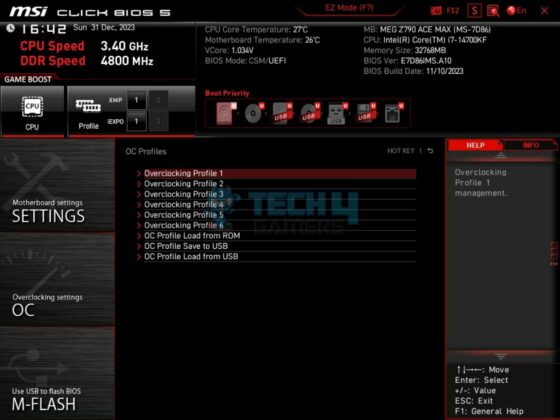
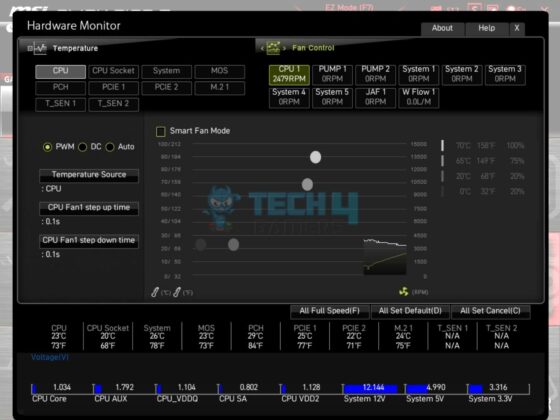
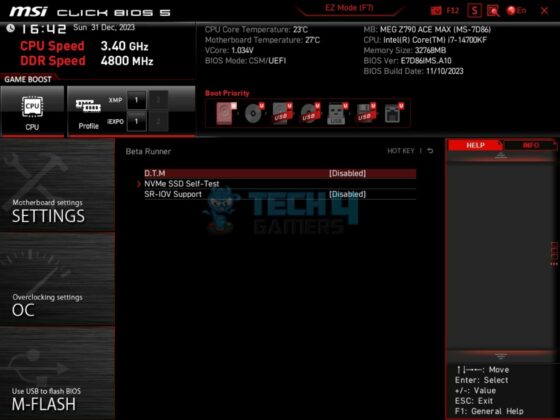
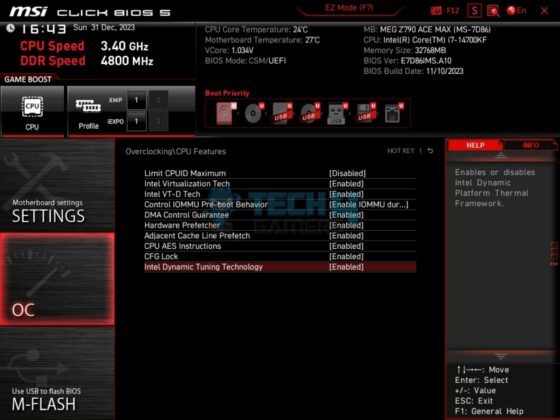
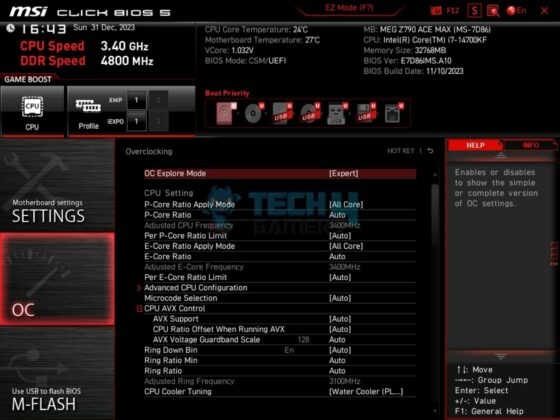
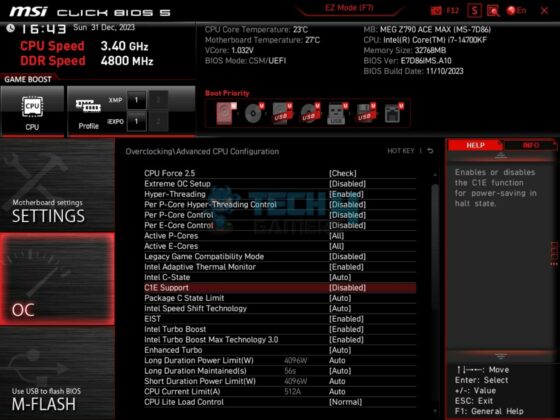
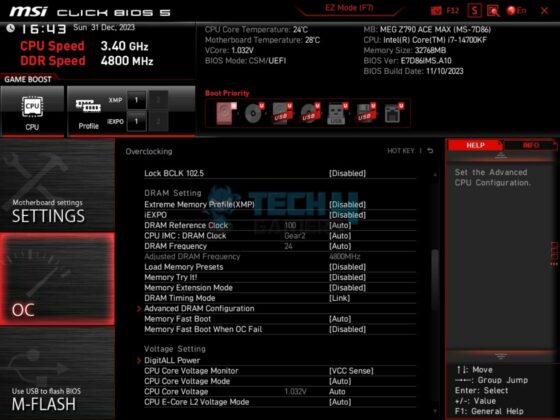
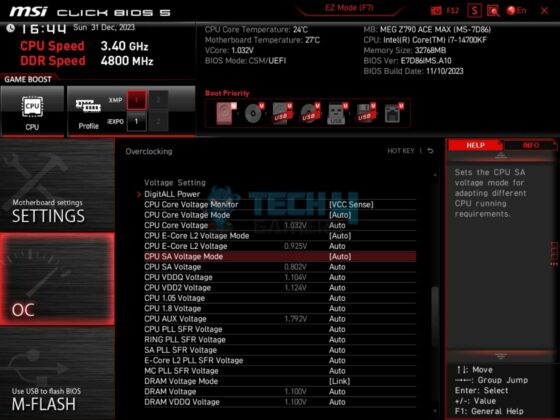
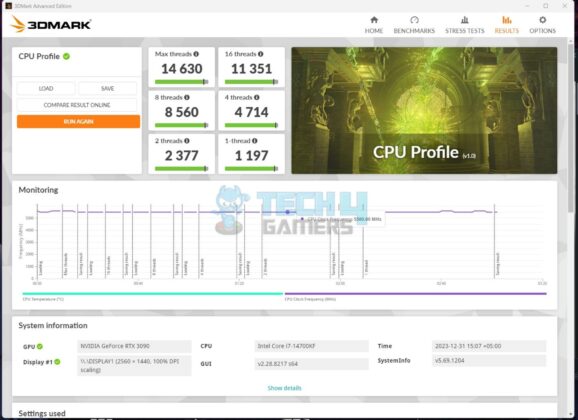
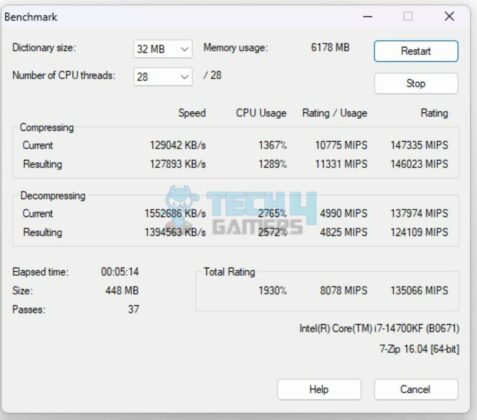
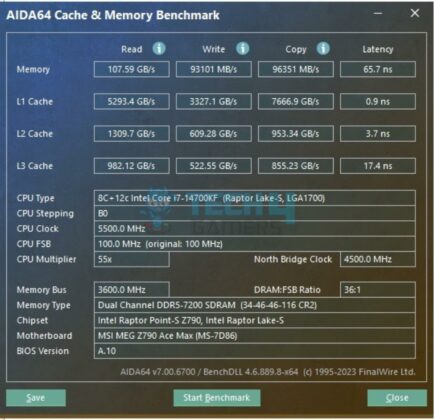
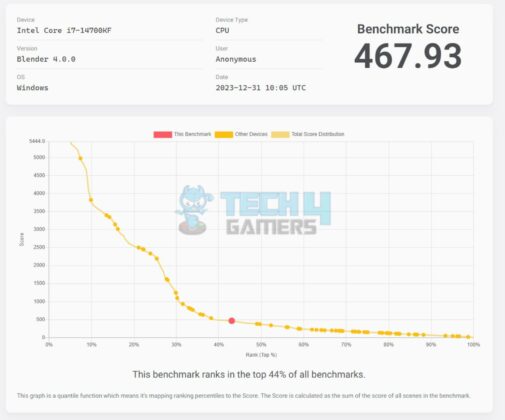
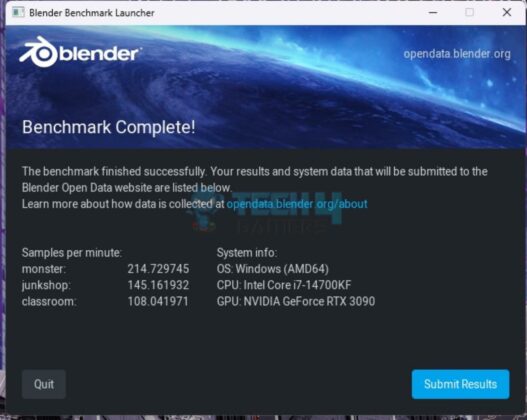
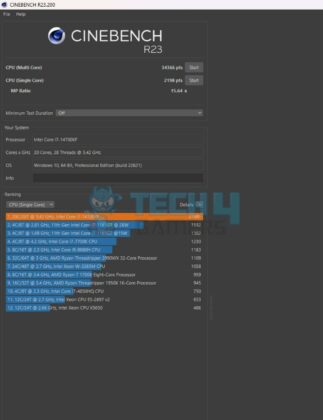
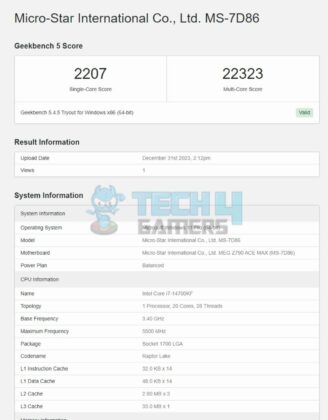
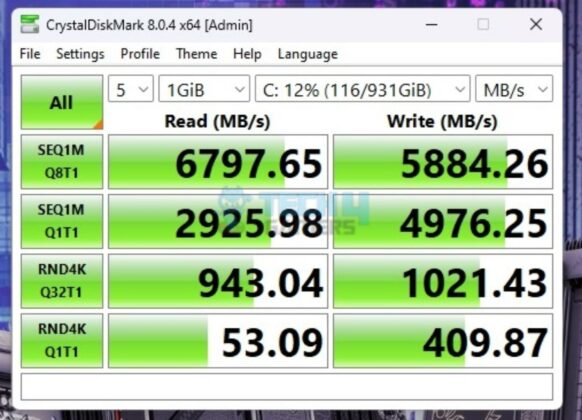
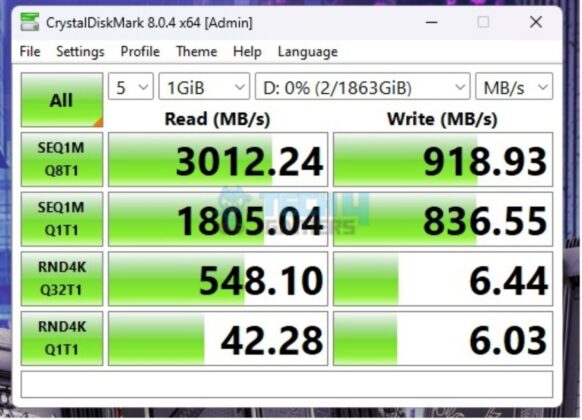
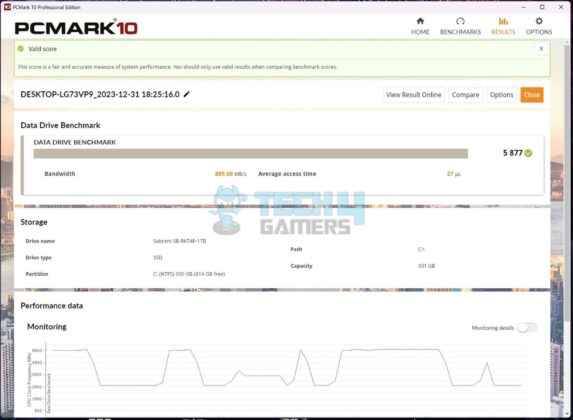
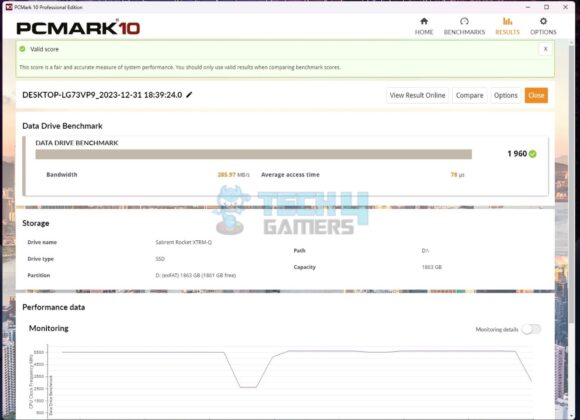
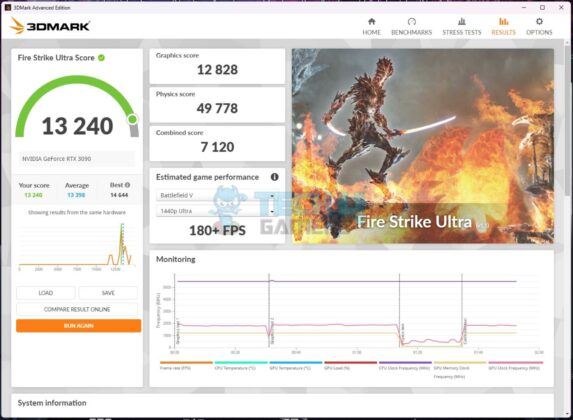
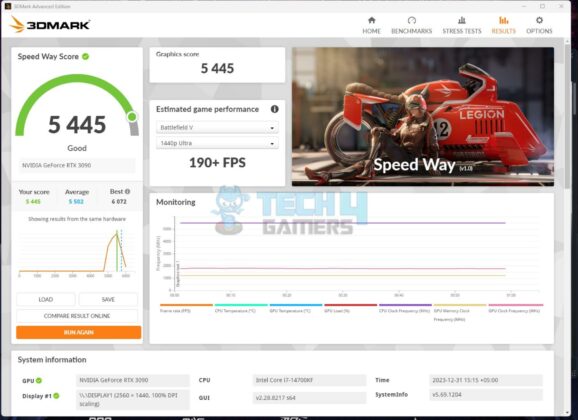
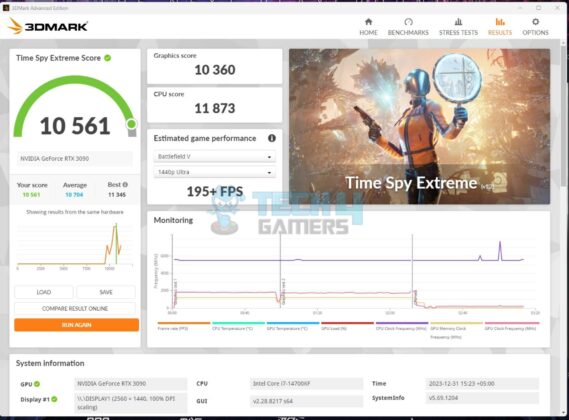
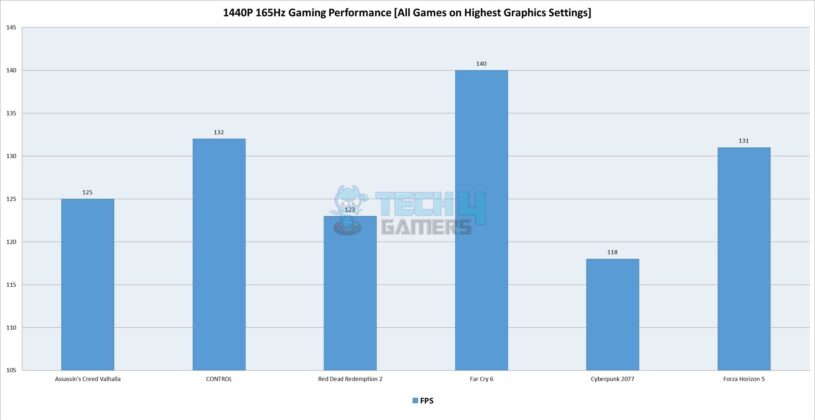
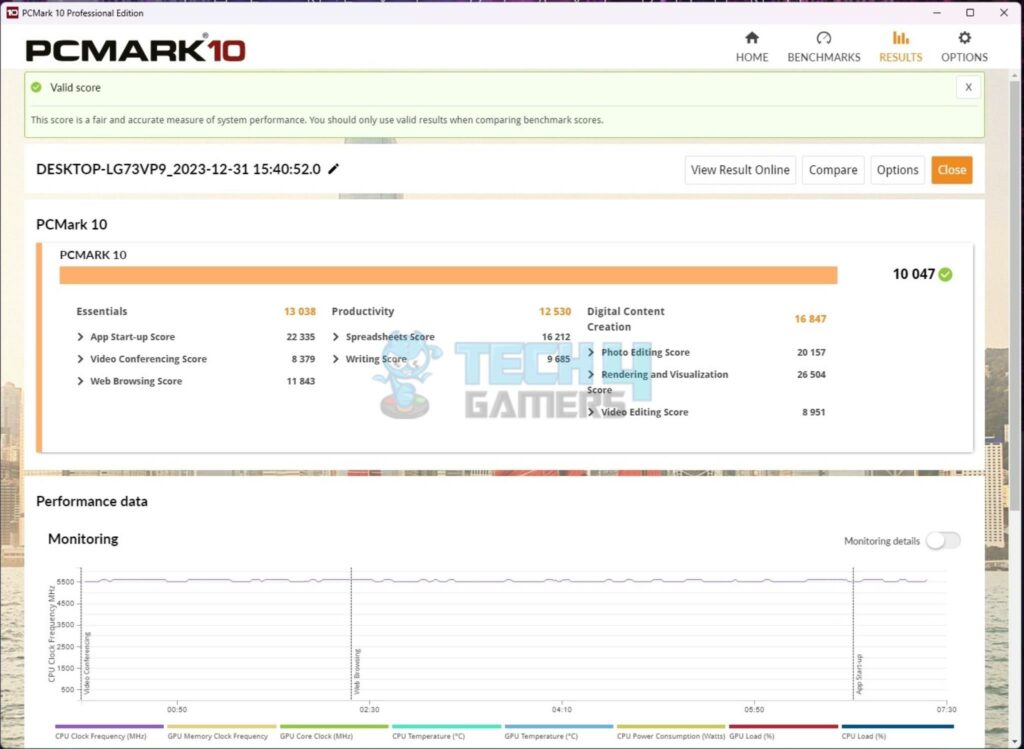
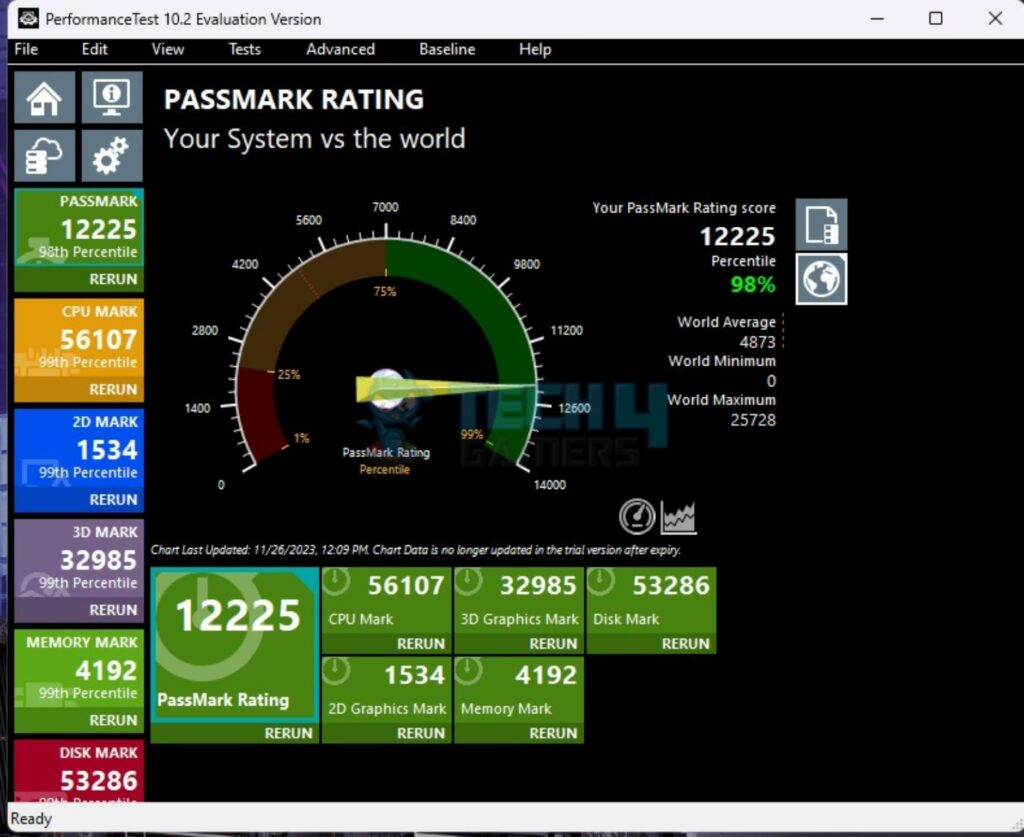
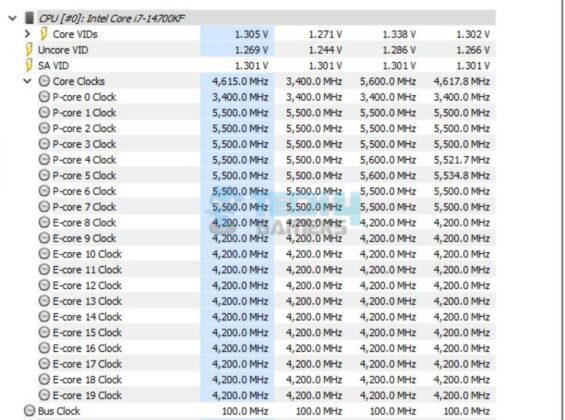
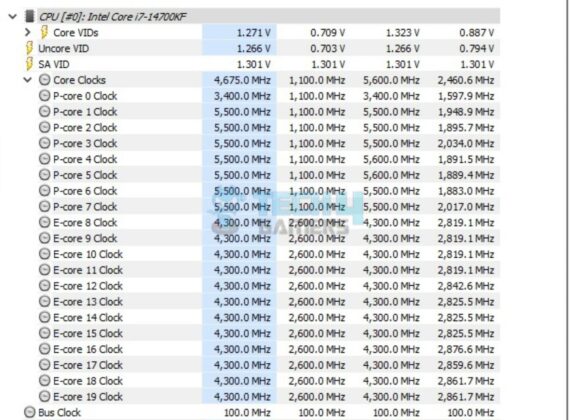
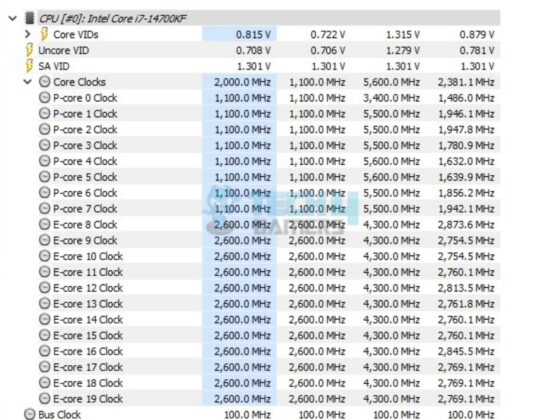

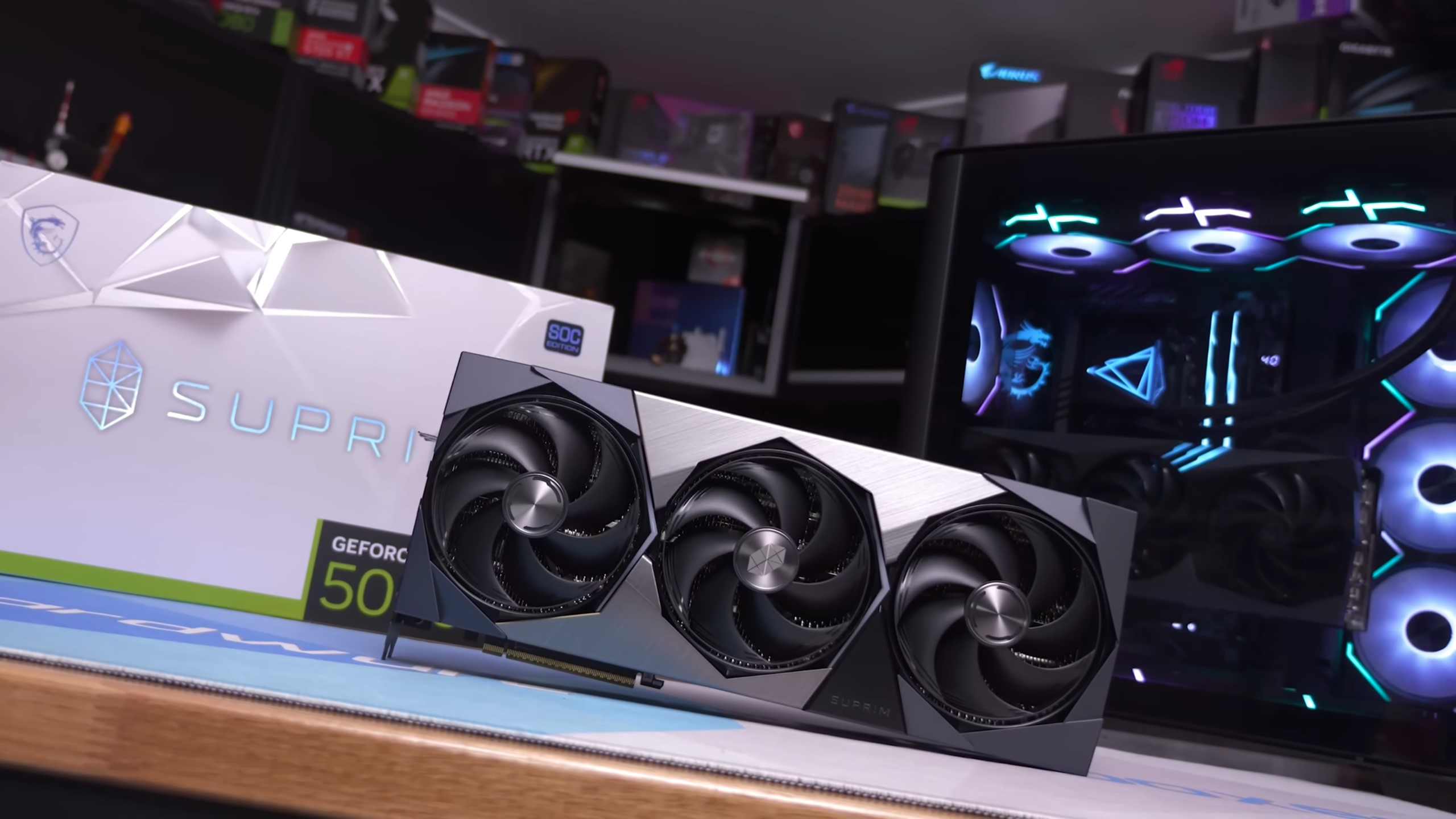
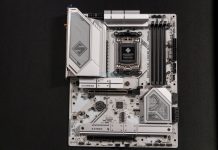

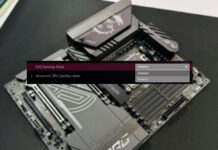
![6 BEST Motherboards For i9-14900K [Tested] Best Motherboard For i9-14900K](https://tech4gamers.com/wp-content/uploads/2023/10/Best-Motherboard-For-i9-14900K-218x150.jpg)